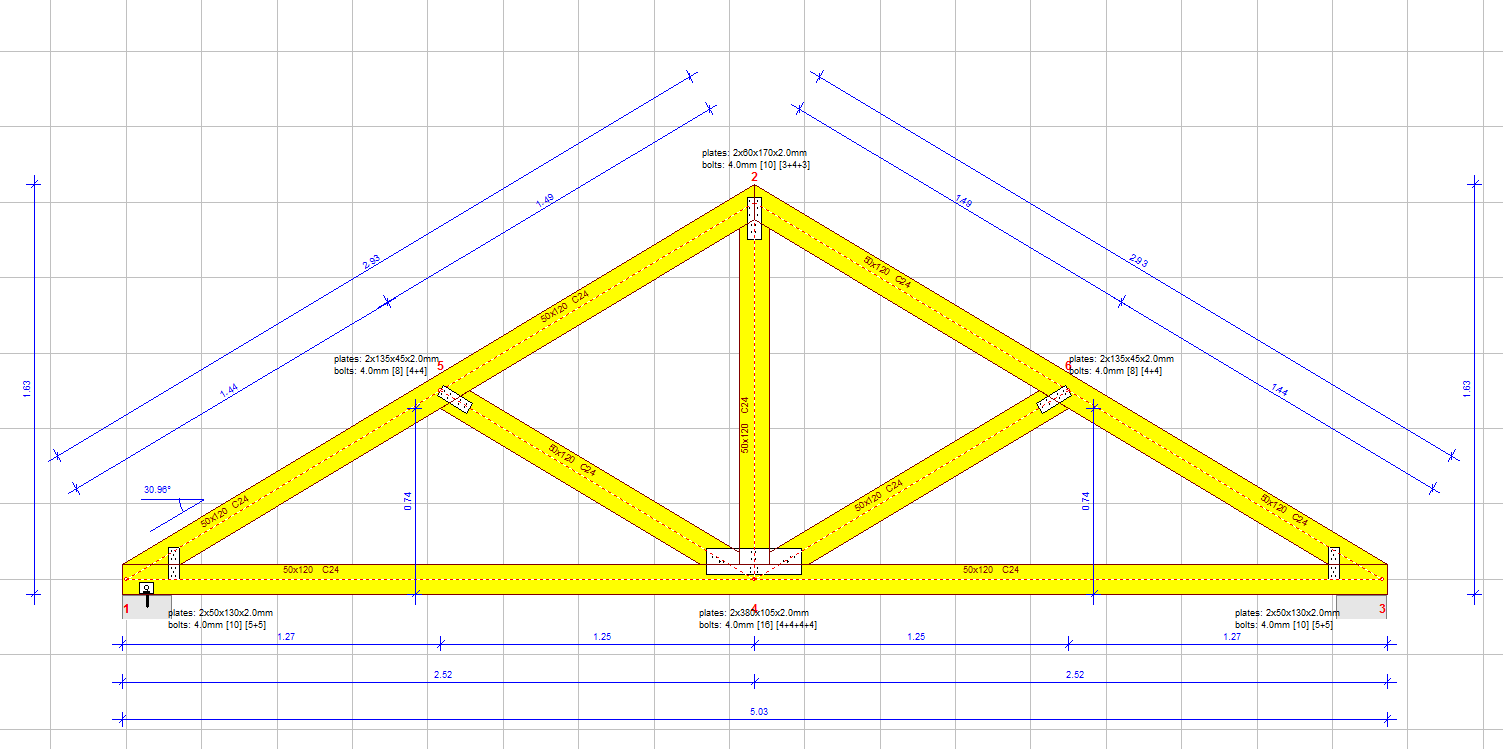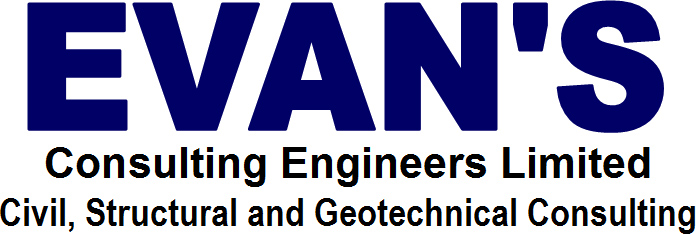Domestic and Small Commercial Client Services
At Evan’s Consulting Engineers Limited we also specialise in most Domestic and Small Commercial Property, survey, planning and design related services.
Our domestic and small commercial client services include from small structural residential building inspections or design for the openings to load bearing walls, to complete architectural and structural designs, including building regulations, planning applications and building control submissions for villas and small buildings.
Our domestic team comprises, multi-skilled, experienced and competent engineers and technicians. We are always interested in providing you with a quote if we have sufficinet information or arrange a visit to discuss your needs and advise how we may be able to help you and scope possible options with you.
Construction and Design Management Regulations (CDM) 2015:
It is the duty of qualified professionals in the industry to review the possible hazards and assess the risks associated with any design under the Construction (Design and Management) CDM 2015 regulations. Thus, we generally don't provide quotes without full description of what it is you require and contact details. Please, contact us directly on the contact number at the top of this page or email us via the Contact Us page, by providing your basic contact information details and a short descriptions of what it is you are after.
As domestic or small commercial clients you also have duties under CDM 2015. Please familiarise yourselves with your duties under these regulations, as it is the law, and make sure your contractors or builders are fully aware and competent with these regulations.
Property Inspections and Site Visits:
Domestic residential property advisory site visits are charged at £120 + VAT per visit within a 50 mile radius from either Birmingham or Redditch. For site visits outside the 50 mile radius we may have to charge extra for commuting. All property extensions and most architectural and planning proposals queries will require a site visit from one of our architects or engineers to verify the specific property details and requirements.
Measured Surveys:
Measured and topographical surveys of domestic and commercial properties are undertaken by experienced surveyors using tape total stations, point cloud equipment, tape measures, GPR, reinfocement scanners, steel gauge scanners, distometres, binoculars, CCTV cameras, dumpy levels, vernier callipers, etc.. Ask for our competitive price list for yuor survey needs.
Consultation:
Frequently, clients are not fully committed to or aware of their requirements. Significant consultation time is often required from our part by a senior member of the team to guide our prospective clients to understand their needs and consolidate in their minds what it is they are trying to develop.
We do appreciate however, that domestic and small commercial clients are not always fully aware or cannot appreciate the costs of consultations to a consultancy. Hence, our preliminary consultation fee per hour spent is capped to £45.
Also refer to our standard terms of business.
For additional information of some of our domestic and small commercial servrices, click on the relevant button below:
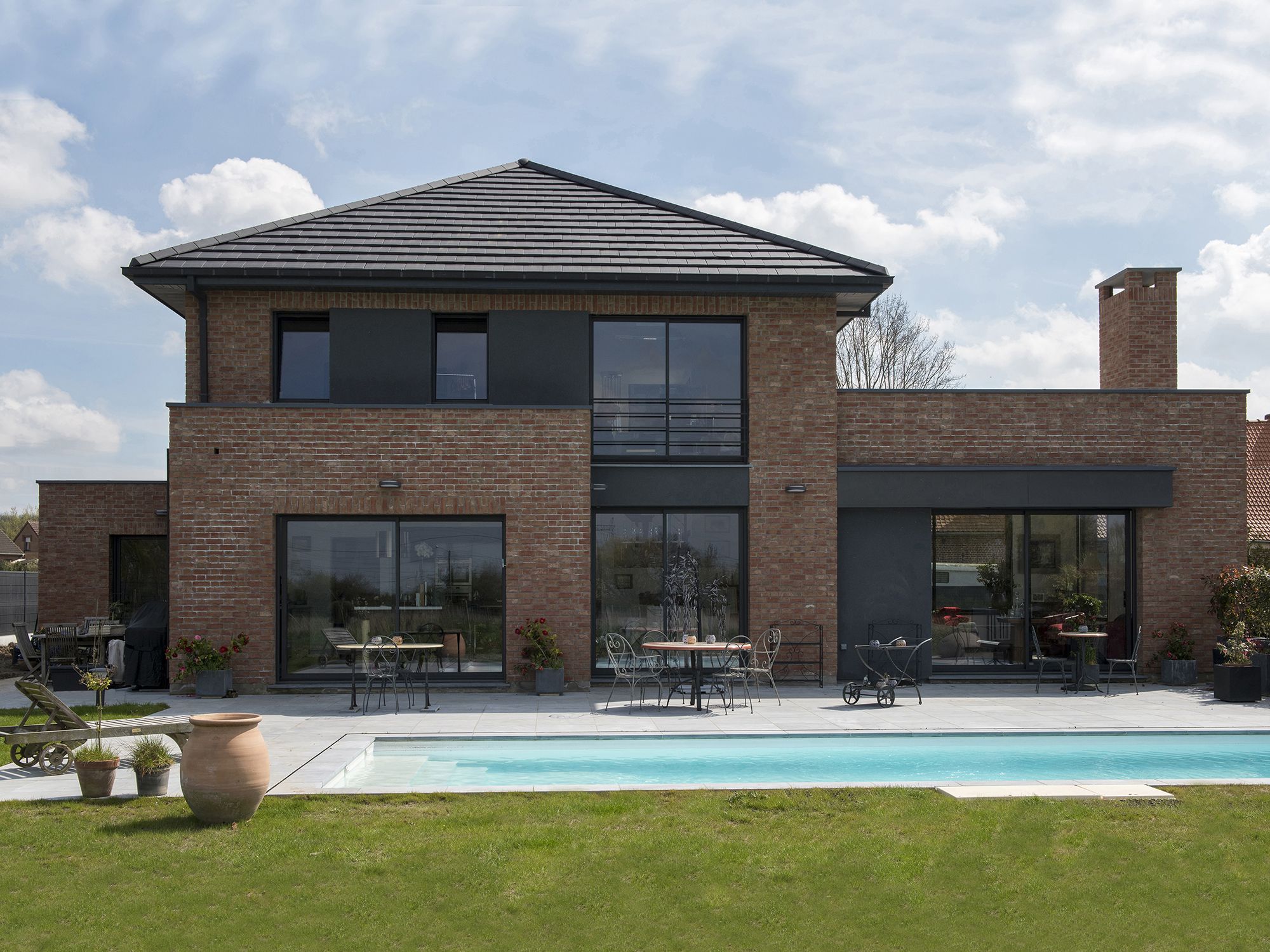
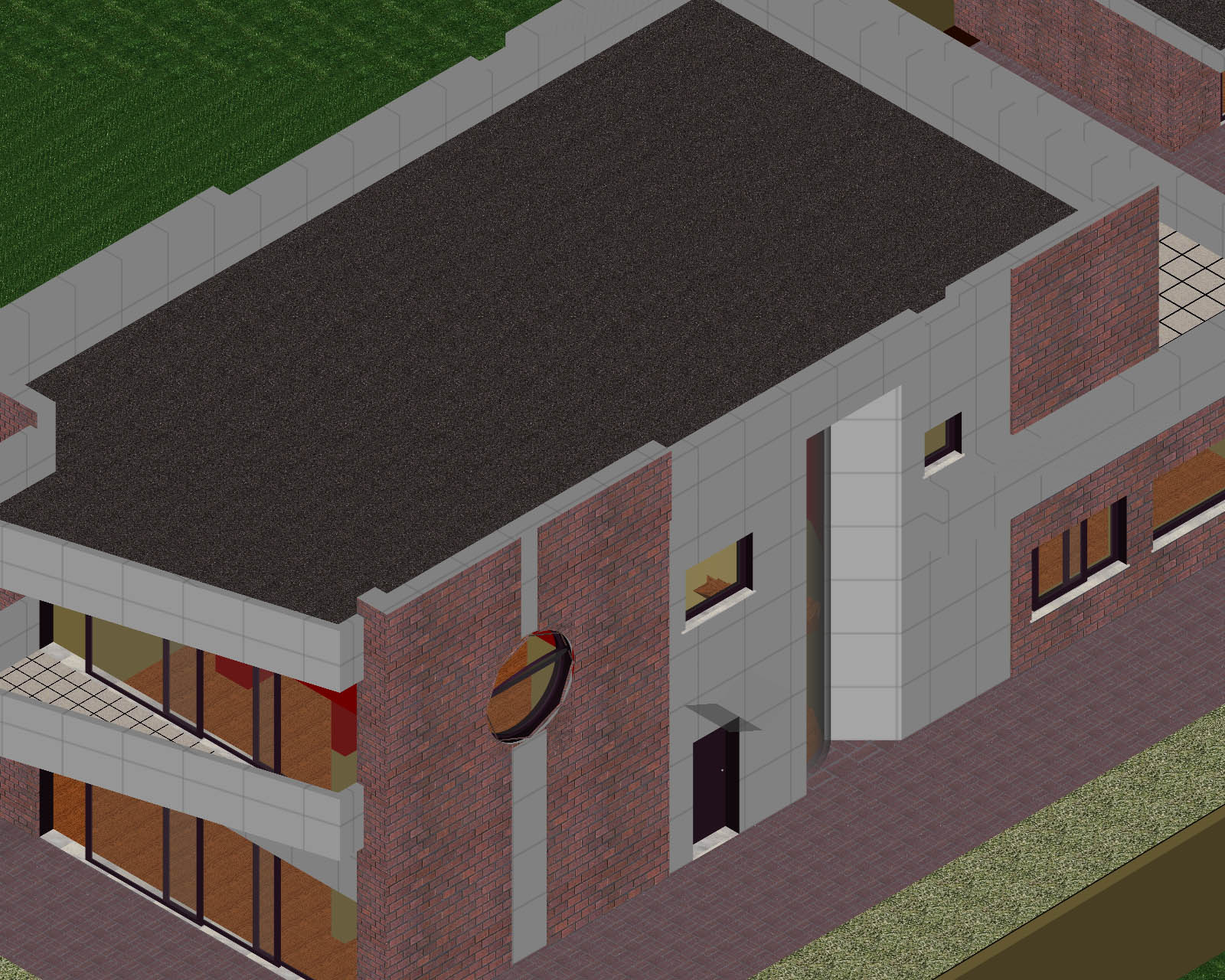
With tens of small building designs in the UK and abroad we are confident we can help you develop your dream house and develop the floor plans and spaces to suit your needs. Whether you are after a traditional brick facing exterior or perhaps something more akin to Art Deco, or why not where permitted, request a design influenced by Frank Lloyd Wright and challenge your senses with Bauhaus touches. We can make it happen for you.
Upon request we can produce 3D renderings of your dream home, to help you visualise the final design and how it fits within its suroundings.
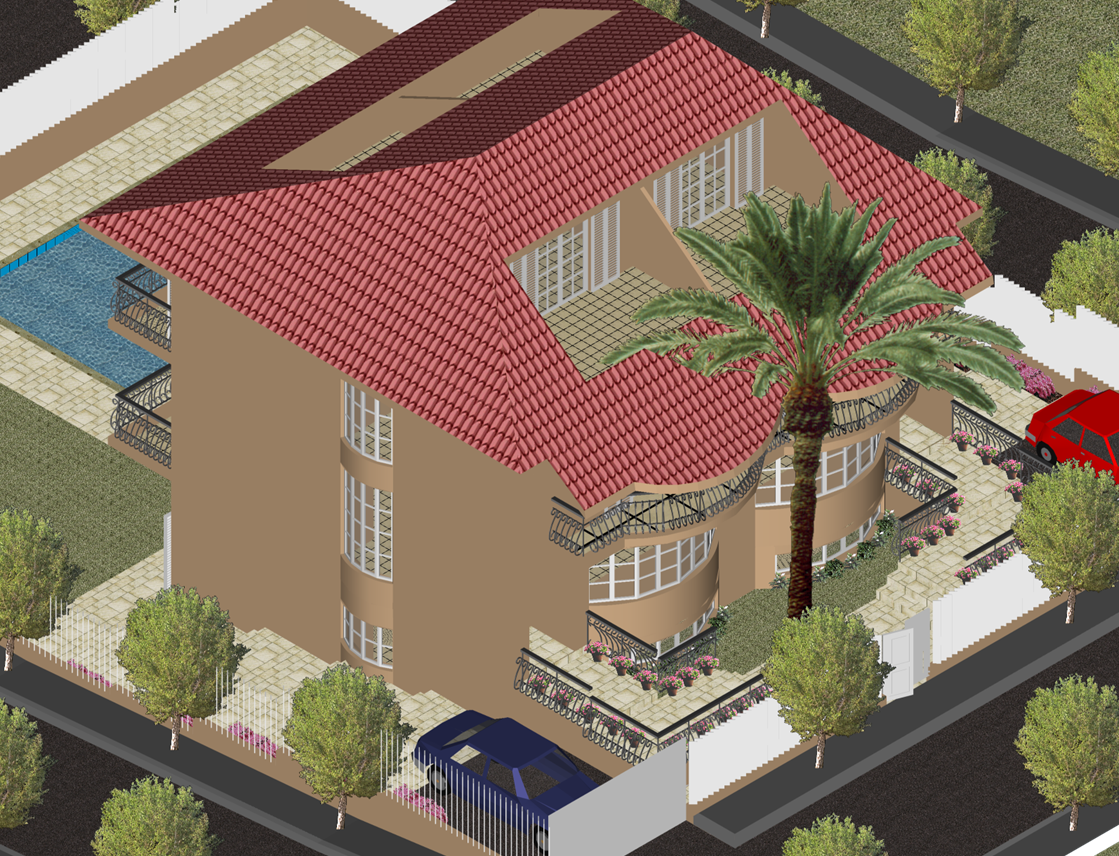
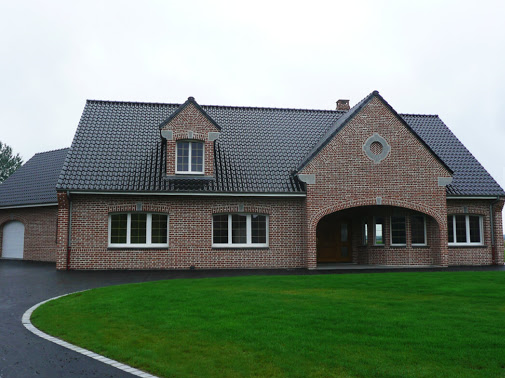
As we have our own structural design capabilities we can produce the architectural and structural elements so you don't have to look for structural engineers to complete your design.
Give us a call to the number at the top of the page or click on the Contact Us page and leave your name, email and best contact number, with a description of what it is you are after and one of the members of our team will be in contact with you.
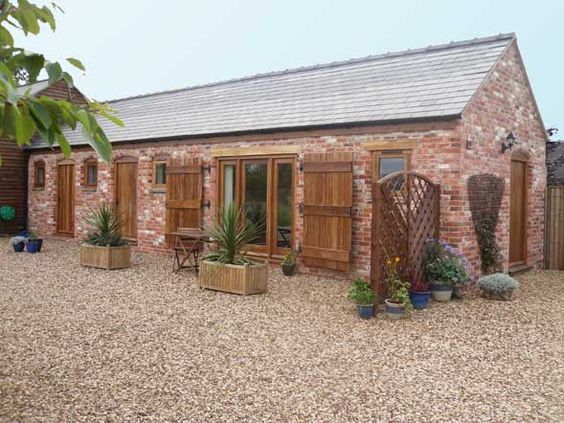
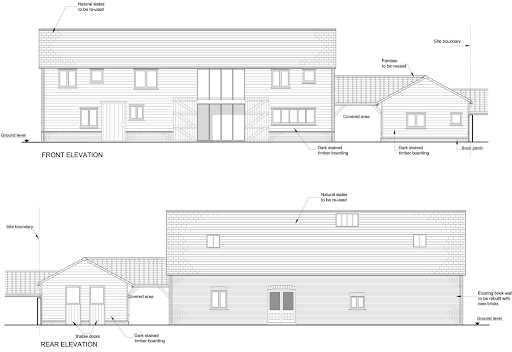
Barn conversions are quite intricate and although it is important to produce workable, feasible and beautiful architectural designs, it is even more important one assesses the existing condition of anything that will be retained and reclaimed, and safeguard in the design against future problems.
Pretty architectural drawings which don’t consider how they are going to be achieved may result in significant cost increases during construction and blow small client budget. A holistic approach, which considers the architectural, structural and buildability integration of the existing elements to be maintained and reclaimed, with the proposed elements needs to be looked at. A non-exhaustive list of Items one needs to be weary of is given below: 1. Existing timber beams, (evaluation and structural assessment of reclaimed timber); 2. Roof structures (assessment of the existing structural elements); 3. Masonry strengths (i.e. worst credible yield strength of masonry from brick crushing; 4. Ground condition (desktop study, hand held tests, like shear vane test, or bore holes in rare occasions); 5. Assessment of masonry or timber walls to current standards; 6. Evaluation of trapped moisture in both masonry and timber and measures for rectifying this; 7. New foundation requirements; 8. Possible need of new structures (i.e. for mezzanies a portal structure; 9. Temporary shoring requirements; 10. Bearing of any temporary shoring; 11. Tilting wall rectification (with i.e. pattress plates, underpinning or buttresses).
Give us a call to the number at the top of the page or click on the Contact Us page and leave your name, email and best contact number, with a description of what it is you are after and one of the members of our team will be in contact with you.
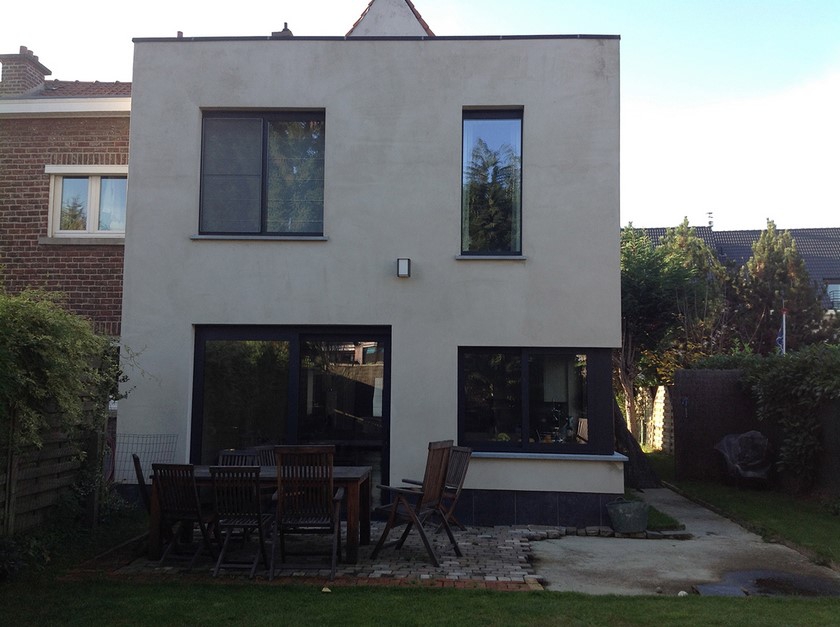
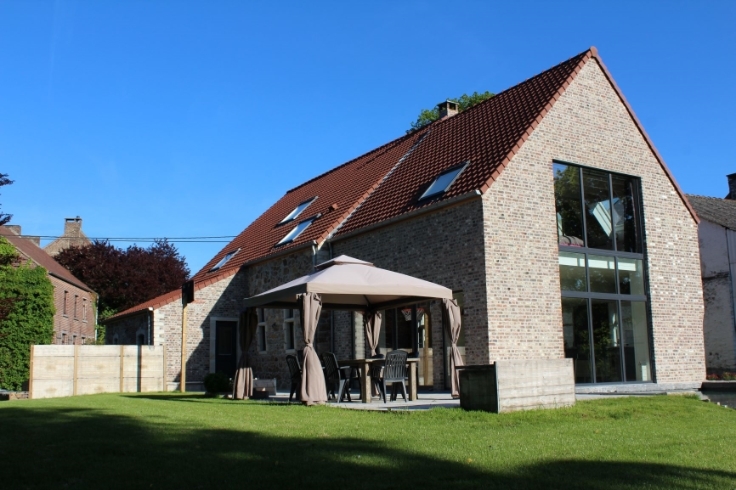
Through the years we have been involved with tens of extensions to domestic and commercial properties and if you are planning an extension we are confident we can make it happen for you, cost effectively and to suit your budget.
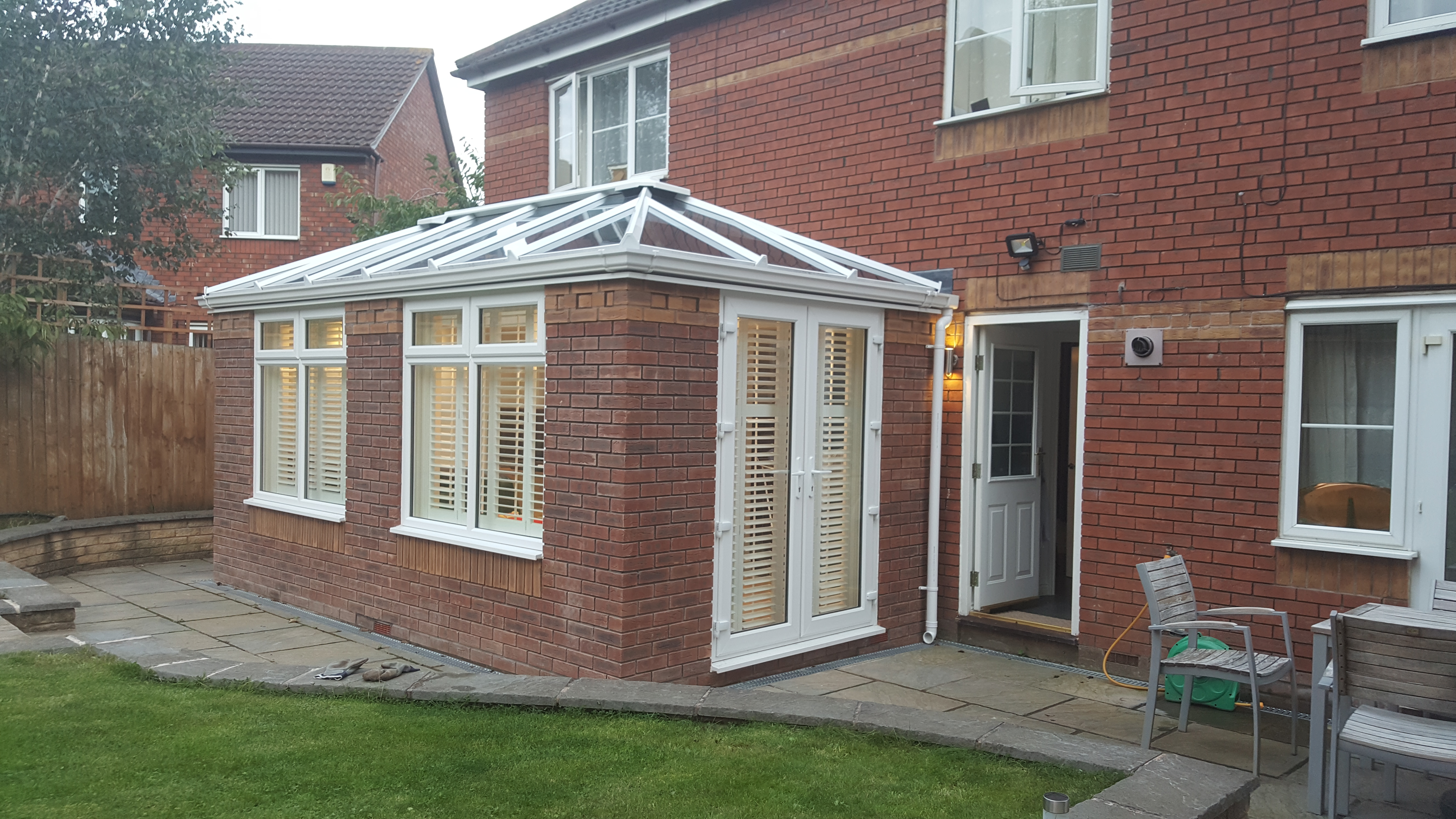
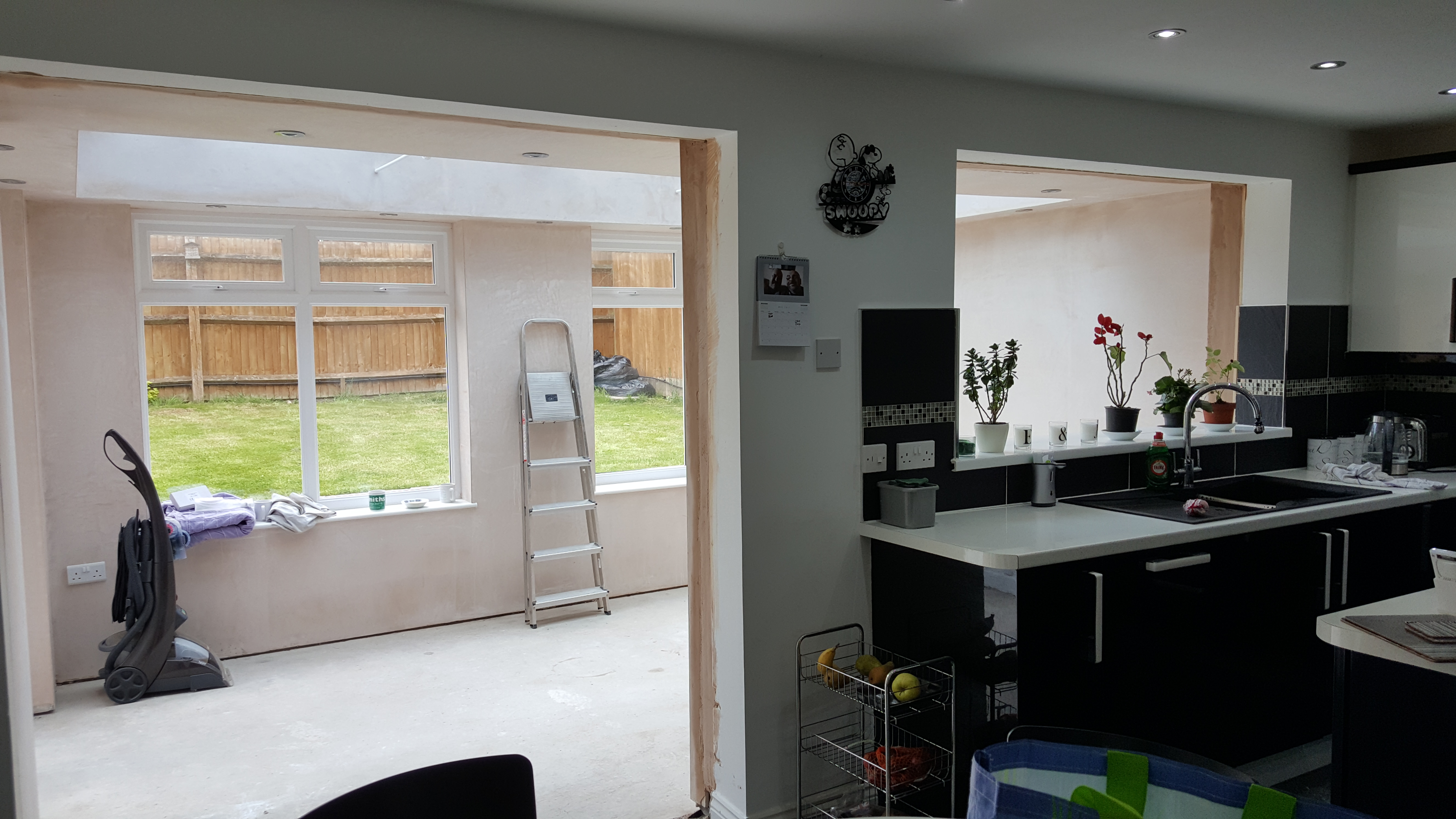
Many extensions fall within the realms of permitted development and planning permission is not required. A site visit will be required by a member of our team to determine what it is you are envisaging and discuss with you your options.
Even when planning permission is not required, you may still be required to meet building control requirements with regards to and not limited to: 1. Foundations; 2. Insulation; 3. Heating; 4. Structural roof elements; 5. Load bearing beams to openings to load bearing walls; 6. Flume installation;
Whether you are after a convensionally built extension, maybe a conventional extension with glass lanterns or perhaps a small orangery extension, give us a call to the number at the top of the page or click on the Contact Us page and leave your name, email and best contact number, with a description of what it is you are after and one of the members of our team will be in contact with you.
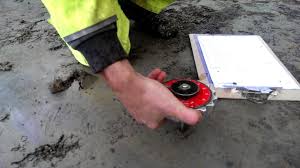
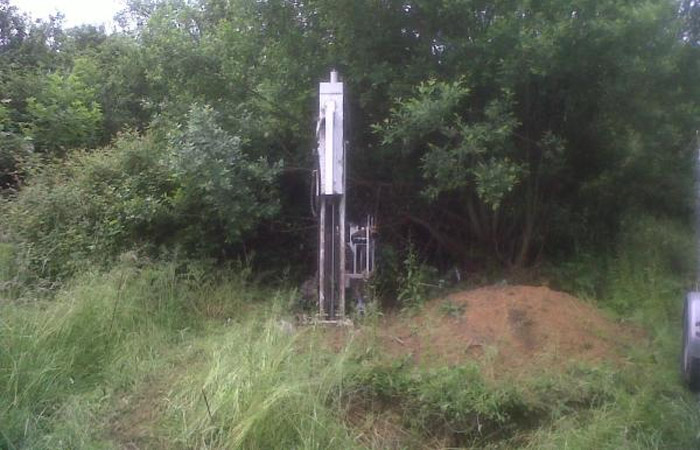
In order to assist domestic and small commercial clients reduce the cost of ground investigations, especially for small extensions we undertake inexpensive in-situ tests in accordance with BS 1377-9 in conjunction with desk studies where data is available. We have the following tools in our arsenal: 1. Static cone penetrometer; 2. Shear vane test apparatus; 3. GPR for identifying services; 4. Soil moisture tester;
Where more regorous ground investigation are deemed necessary, specifications and samples or SPT tests may be specified in order to have a better picture of the underlying strata of you property. In such cases we ensure that techniques and boring equipment specified are such that minimise your costs.
Give us a call to the number at the top of the page or click on the Contact Us page and leave your name, email and best contact number, with a description of what it is you are after and one of the members of our team will be in contact with you.
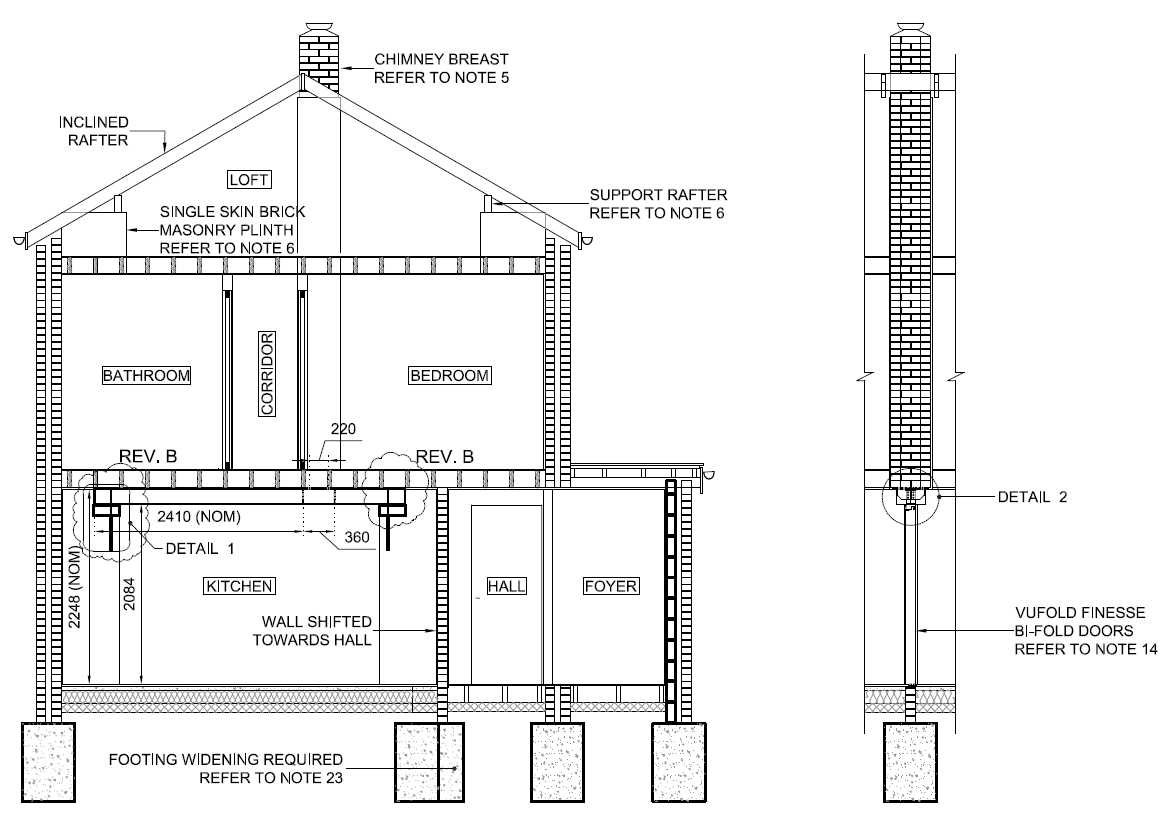
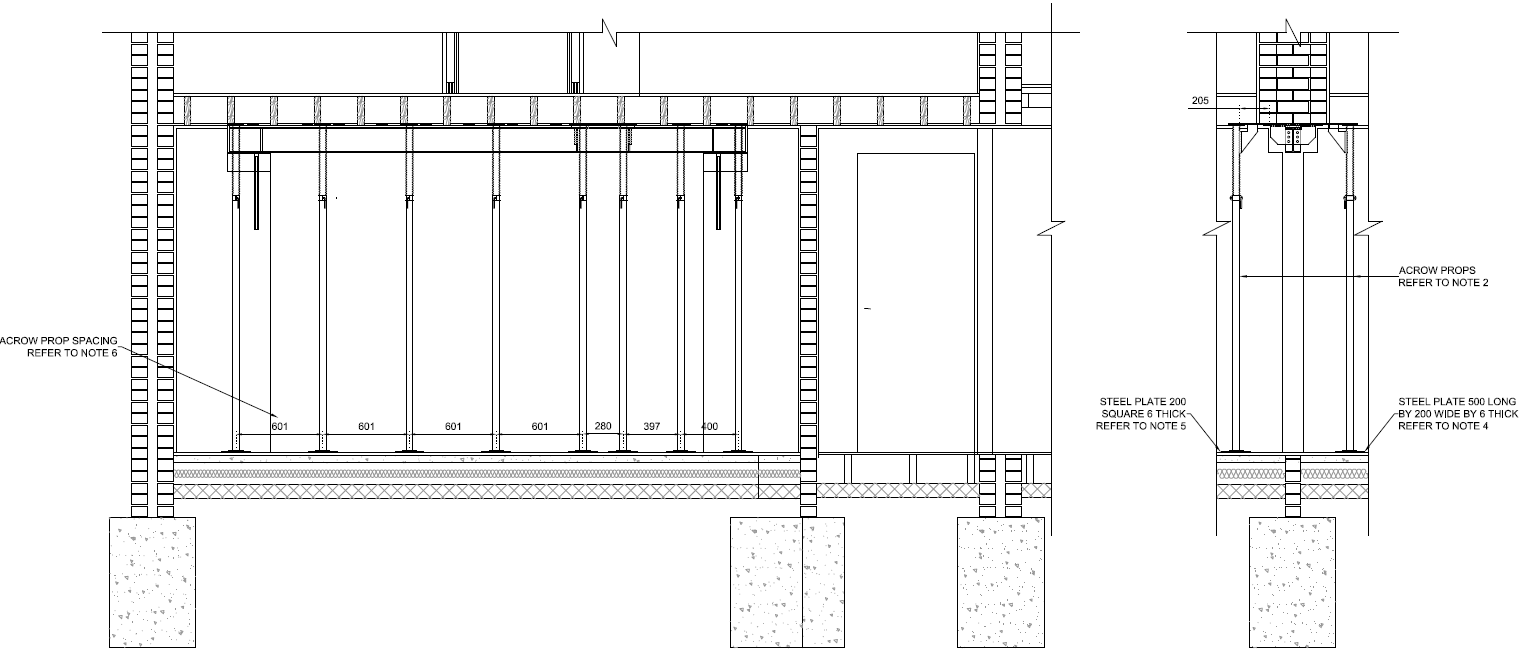
For most opening creation queries to load bearing walls, a site visit will be required. Openings to load bearings walls are not as simple as one may think. Local authority building control departments don't have the time and resources to inspect every design and more times than not they just look at the span arrangements and load details and accept the design. However the complexity many times is with and perhaps not limited to: 1. Hidden critical elements; 2. Load bearing wall materials and quality; 3. Serviceability requirements of any new load bearing beams; 4. Appropriate fixing and bearing of the beams to the cut walls; 5. Actual loads on beam which some times may be carrying roof loads not obvious to the inexperianced eye; 6. Ground conditions; 7. New foundation requirements as the loads may now be concentrated over a shorter foundation length; 8. Possible need of a portal structure; 9. Temporary shoring requirements; 10. Bearing of any temporary shoring.
Give us a call to the number at the top of the page or click on the Contact Us page and leave your name, email and best contact number, with a description of what it is you are after and one of the members of our team will be in contact with you.
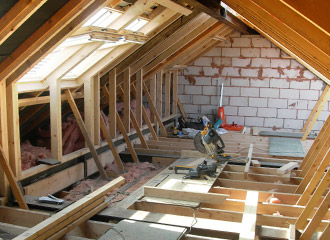
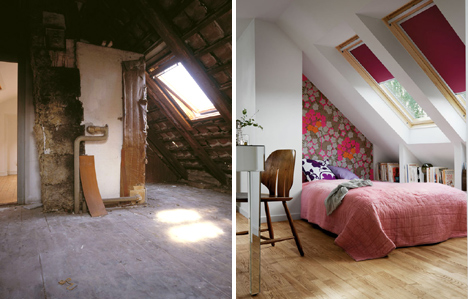
We undertake both the planning architectural and structural designs. In order to produce an accurate design, an accurate structural survey of the existing structural elements, which the majority of the times are timber truses is paramount. Some times the roof timber is arranged in such a way which may not need significant modifications, however the majority of the times significant strengthening of the retained structural elements is necessery together with a structural redesign of the roof.
In addition, when openings in the ceiling floors are specified by the architectural design (i.e. access staircase) there will be a need for additional trimmers and perhaps joists and noggins on the ceiling structure.
Give us a call to the number at the top of the page or click on the Contact Us page and leave your name, email and best contact number, with a description of what it is you are after and one of the members of our team will be in contact with you.
We prepare the submissions for all types of planning applications, whether it is a new built or an extension to an existing, which include the architectural drawings and specifications required for any type of domestic or commercial developments. A typical planning application will generally comprise the following: 1. Topographic and Location Information; 2. Coverage plan; 3. Plans of existing floors (for an extension); 4. Views and sections of existing (for an extension); 5. Plans of proposed floors; 6. Proposed elevations (All four elevations); 7. Sections of proposed (Usually two but more if required); 8. Full set of specifications. A sample of a two story planning permission submission is shown next for reference:
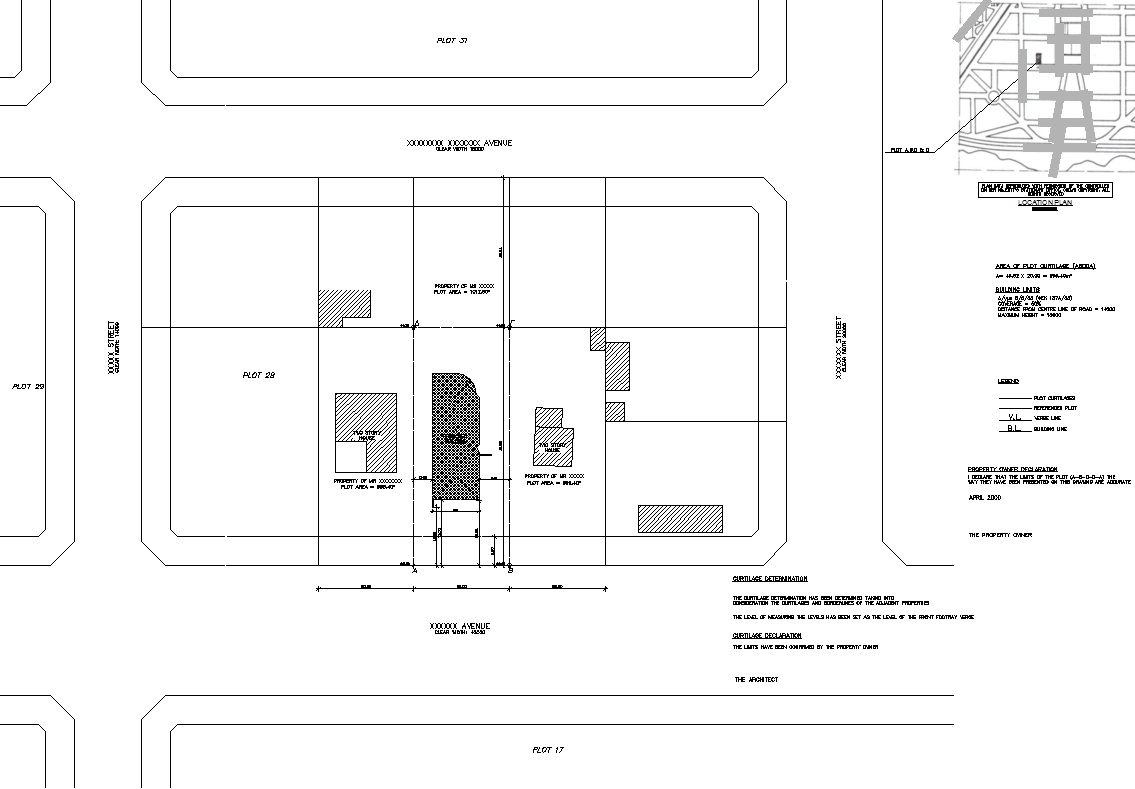
Topographic Information
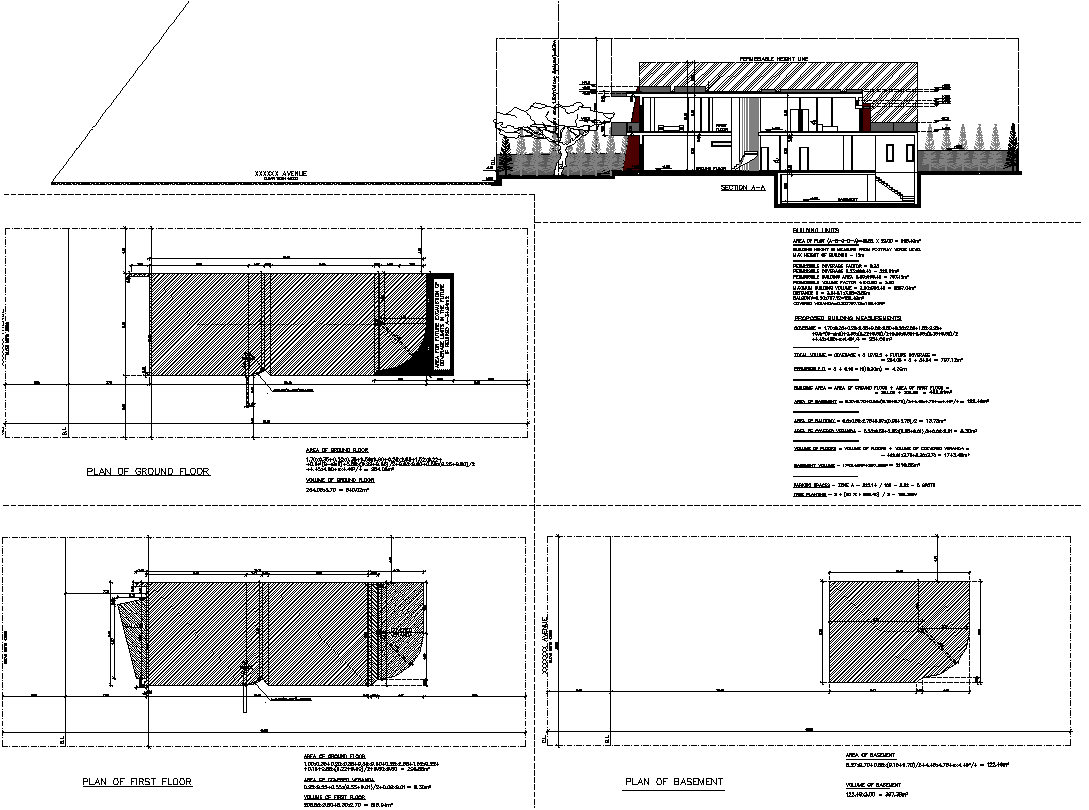
Coverage Information
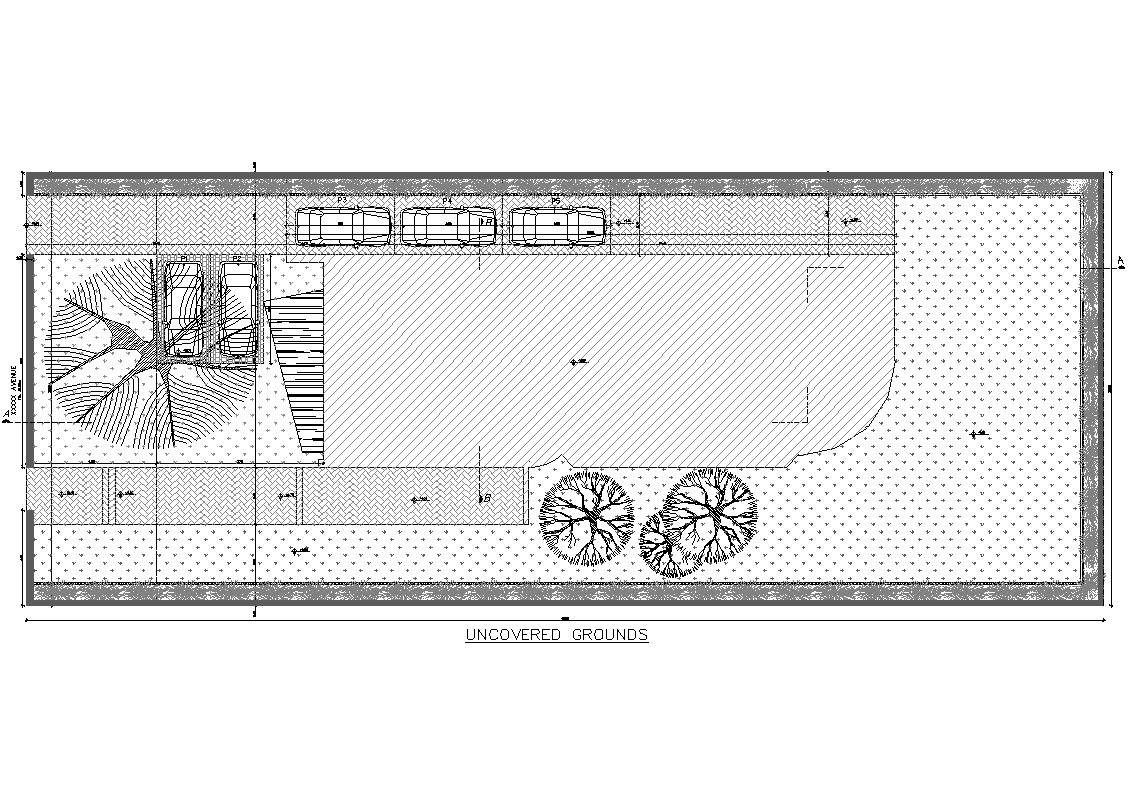
Landscaping Plan
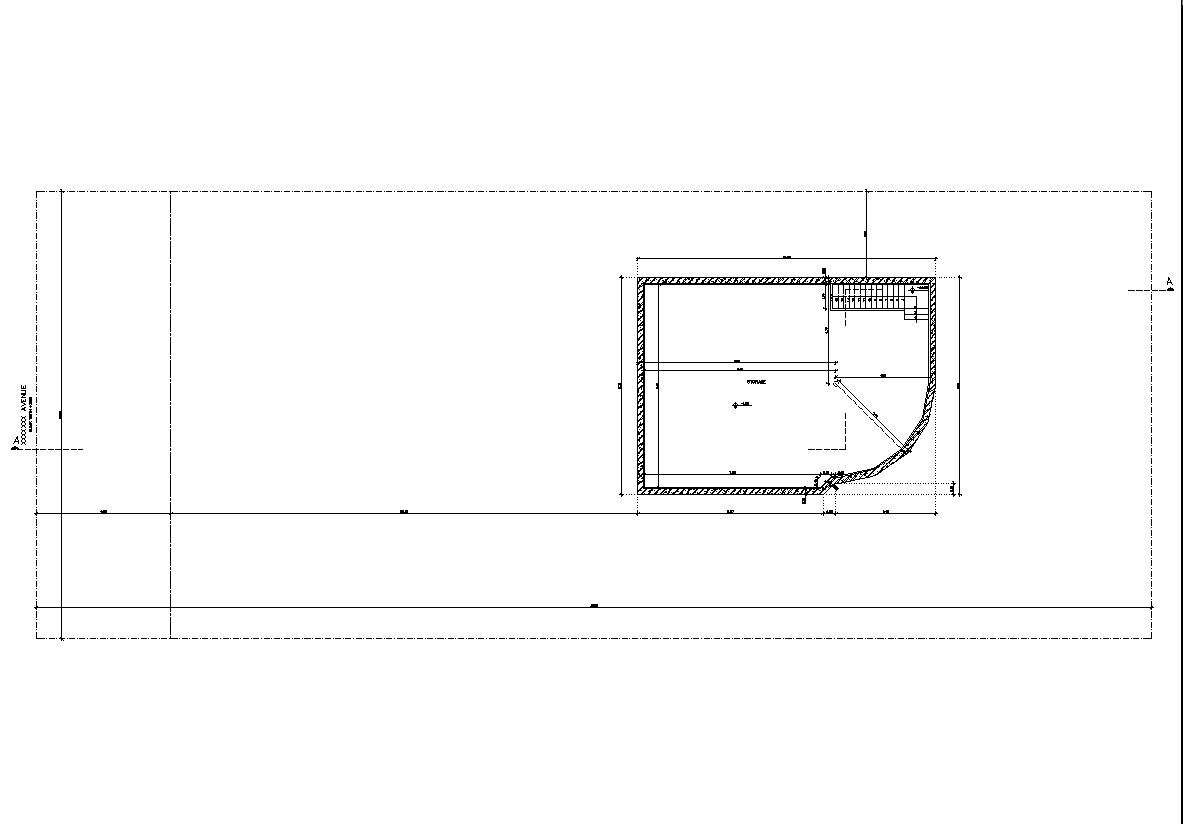
Basement Plan
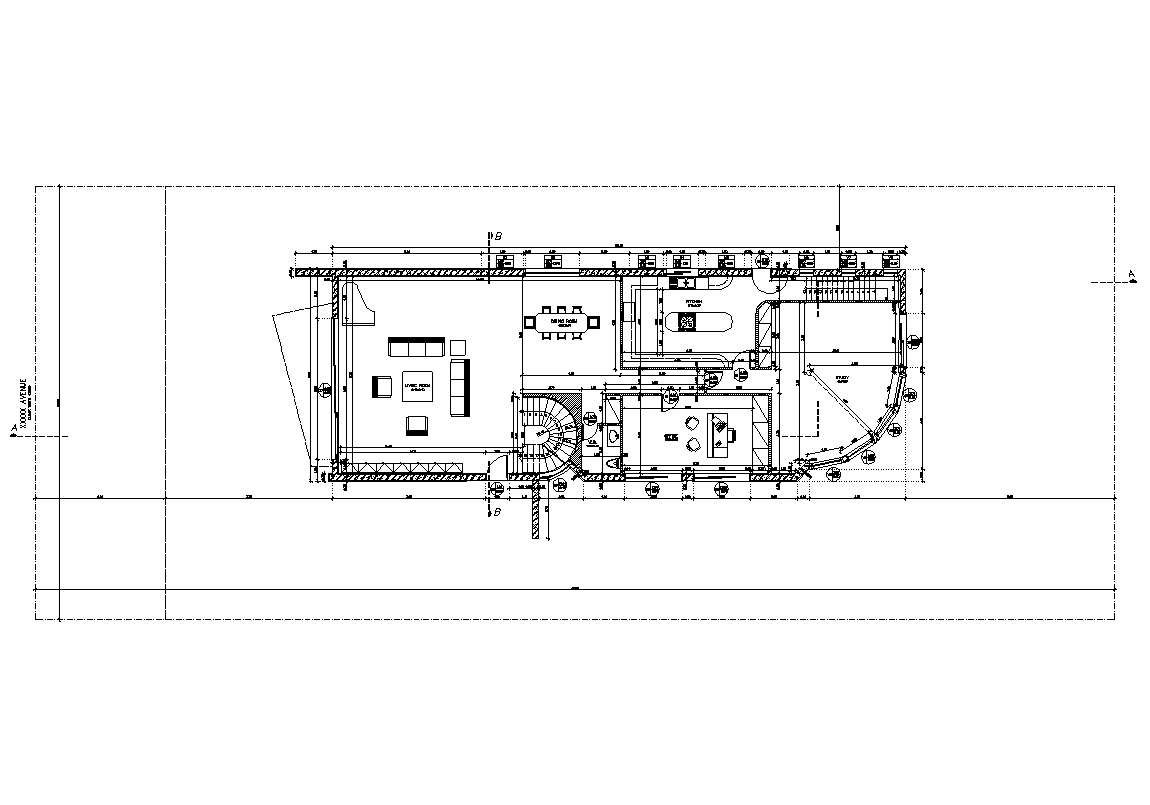
Ground Floor Plan
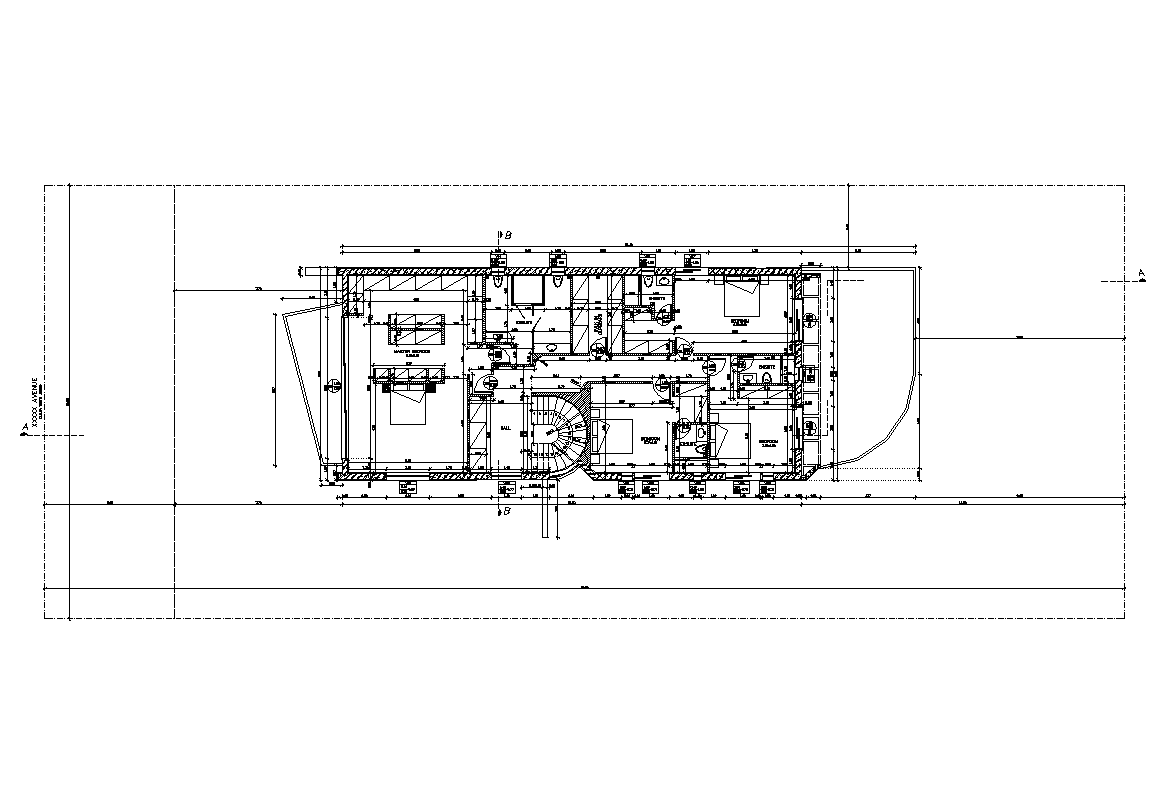
First Floor Plan
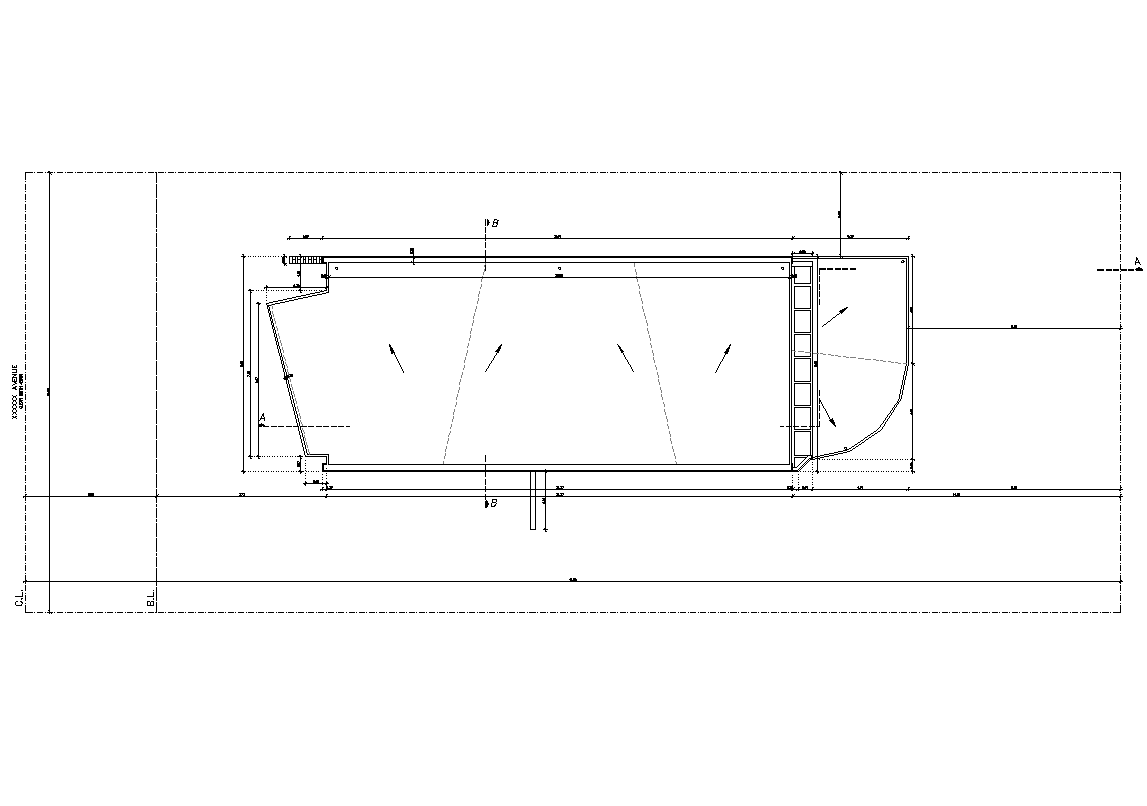
Roof Plan
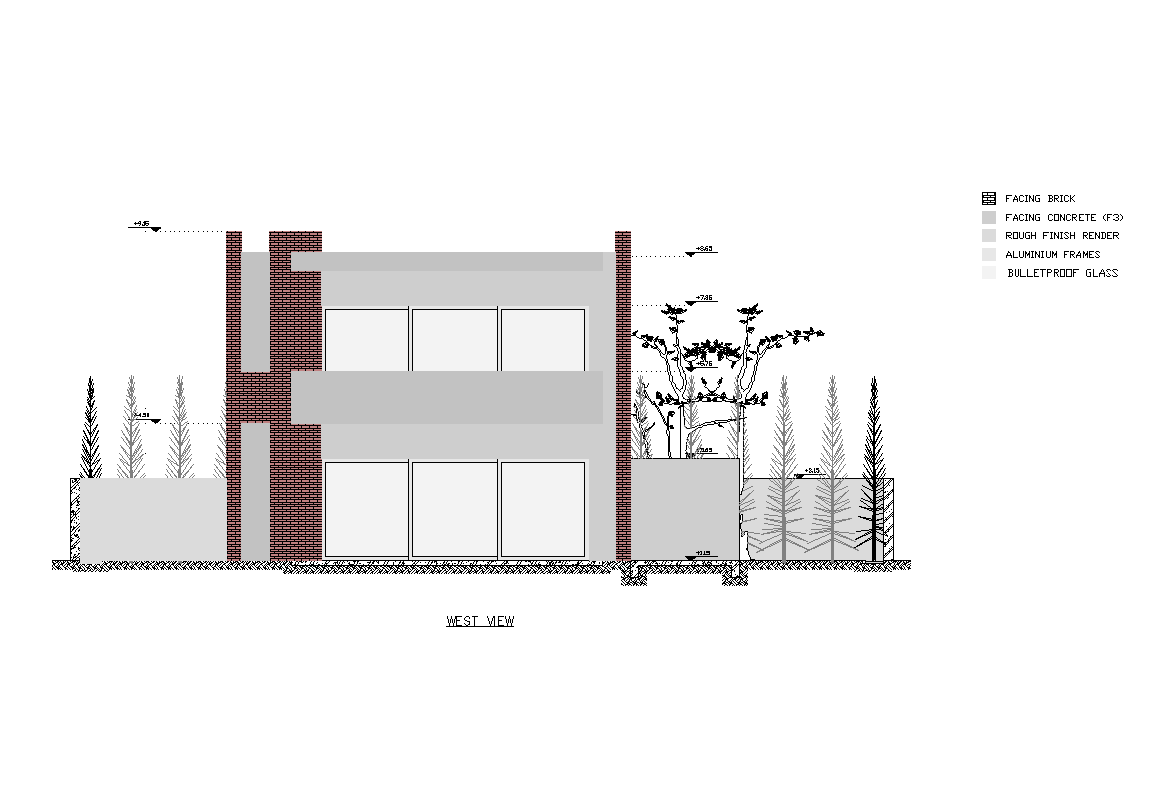
West View
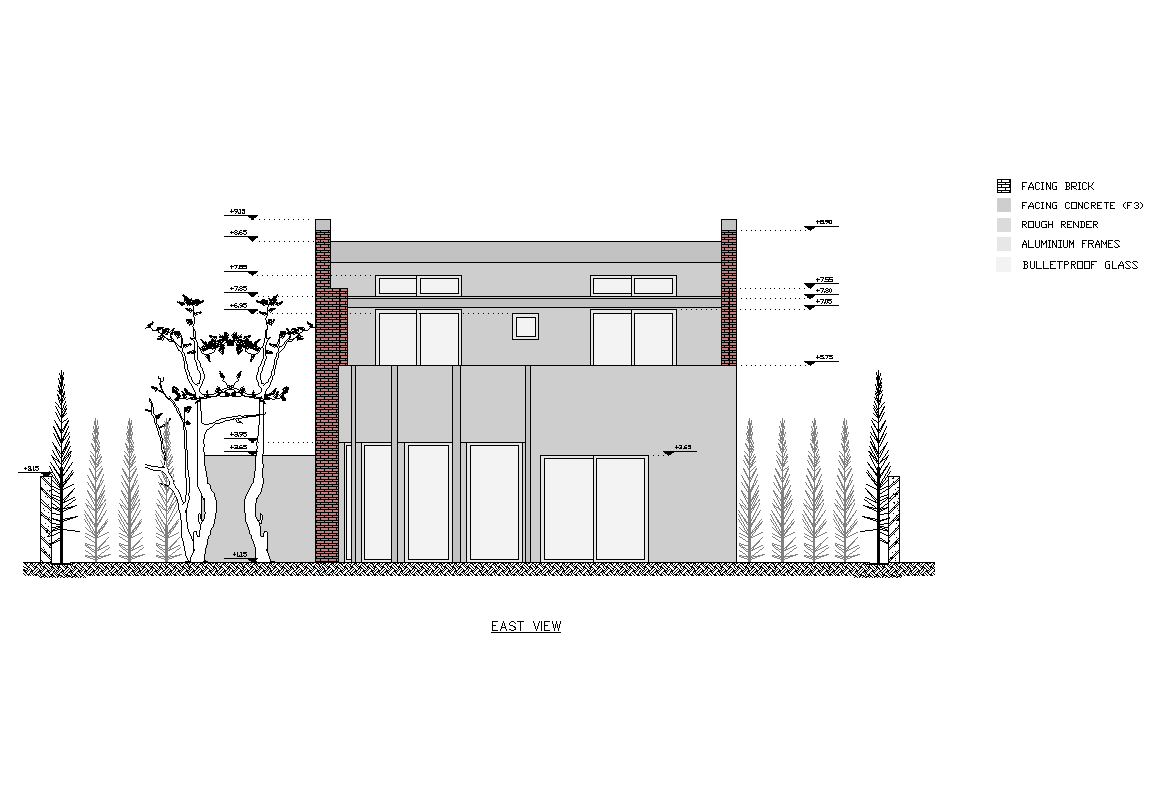
East View

South View
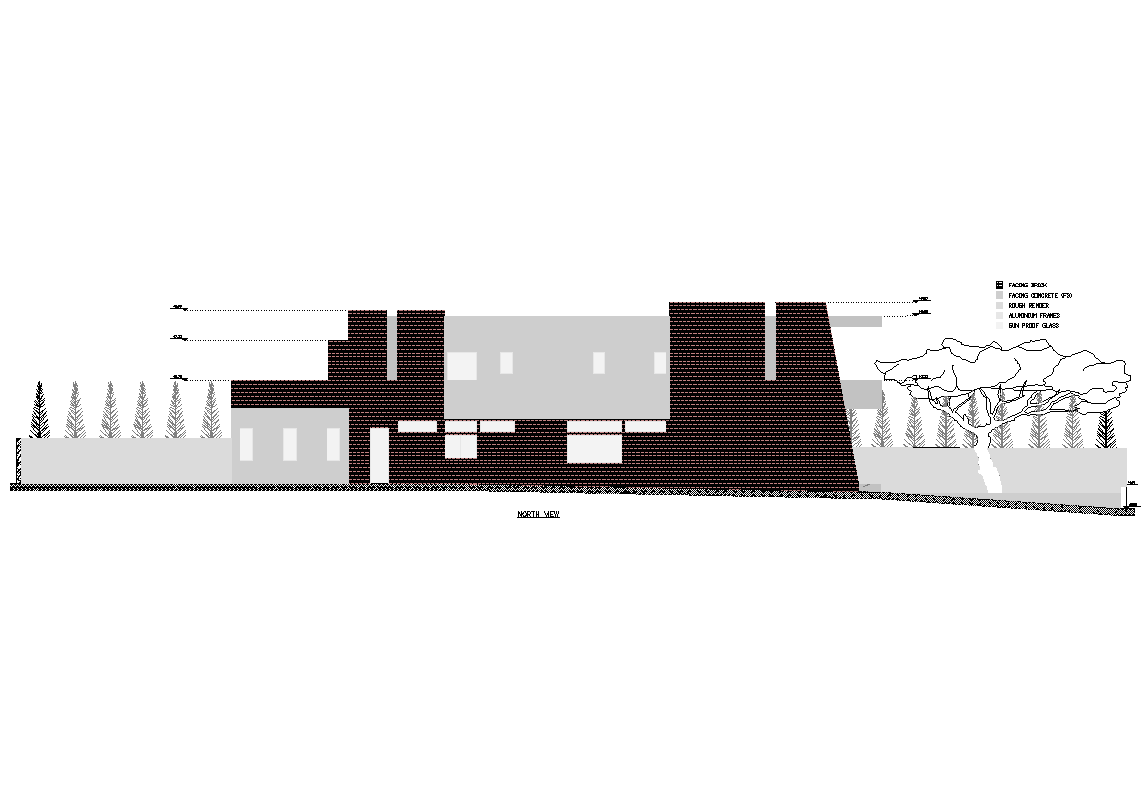
North View
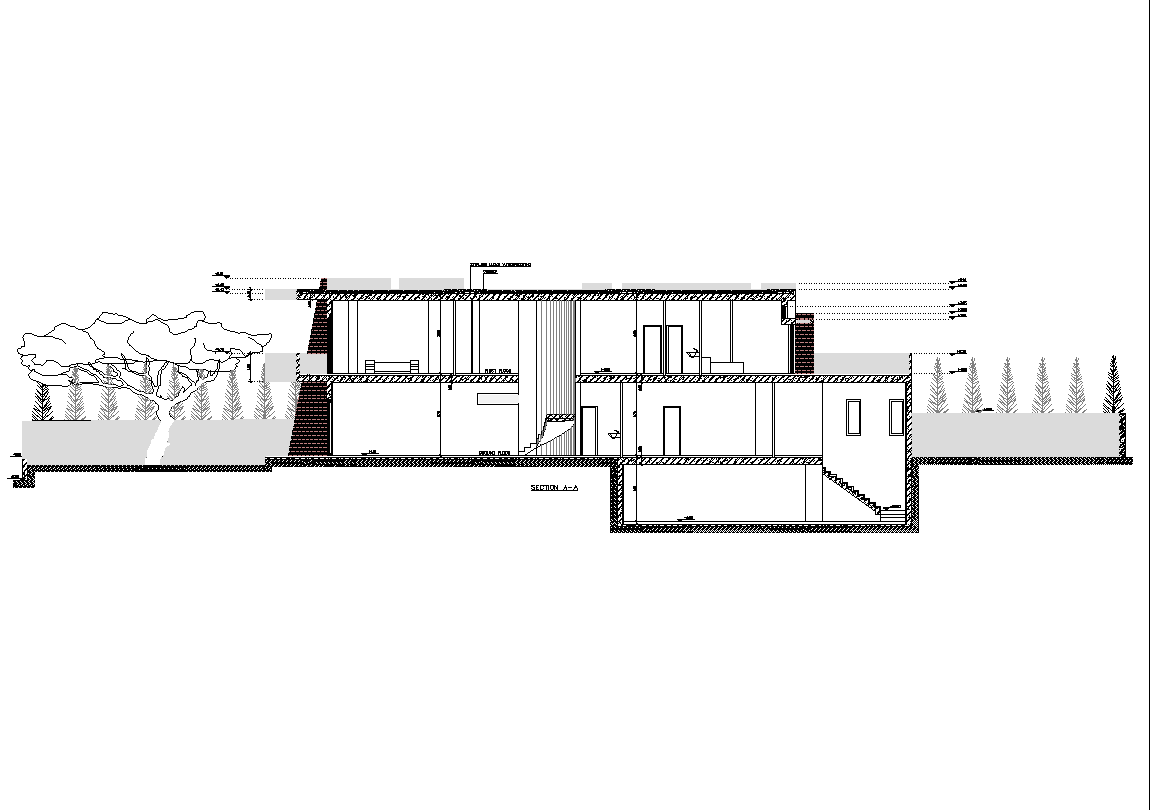
Section A-A
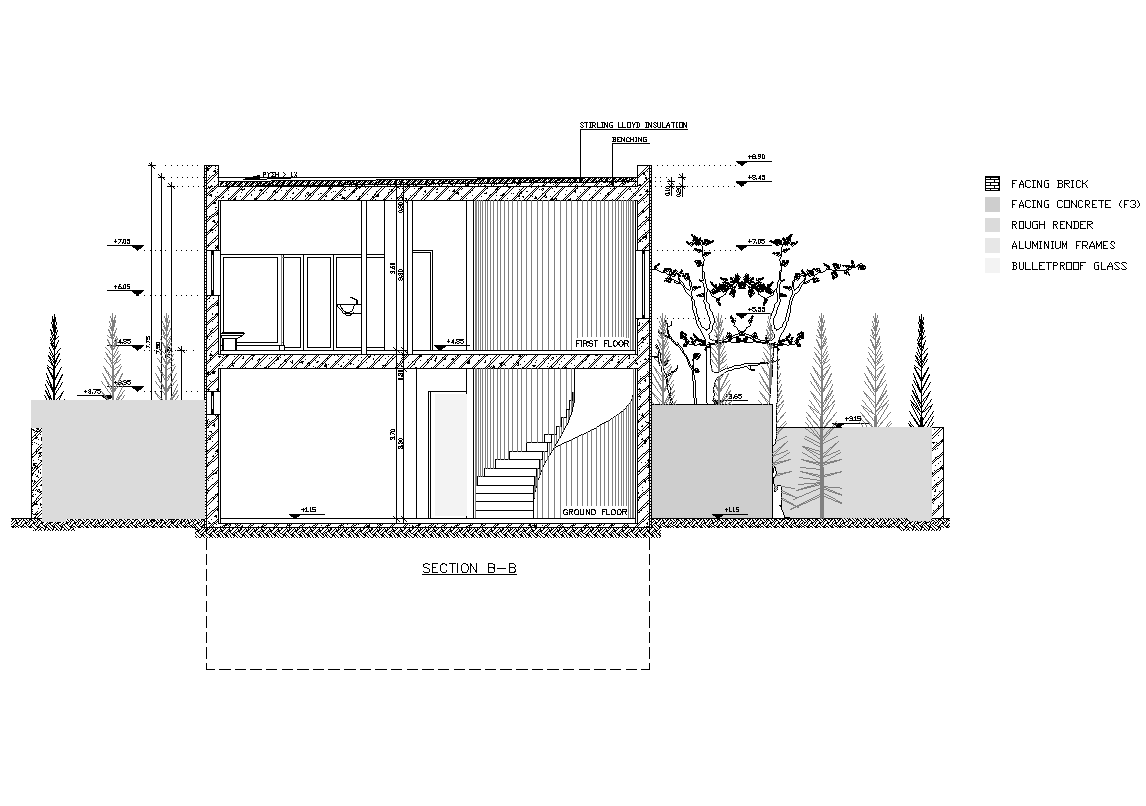
Section B-B
Give us a call to the number at the top of the page or click on the Contact Us page and leave your name, email and best contact number, with a description of what it is you are after and one of the members of our team will be in contact with you.
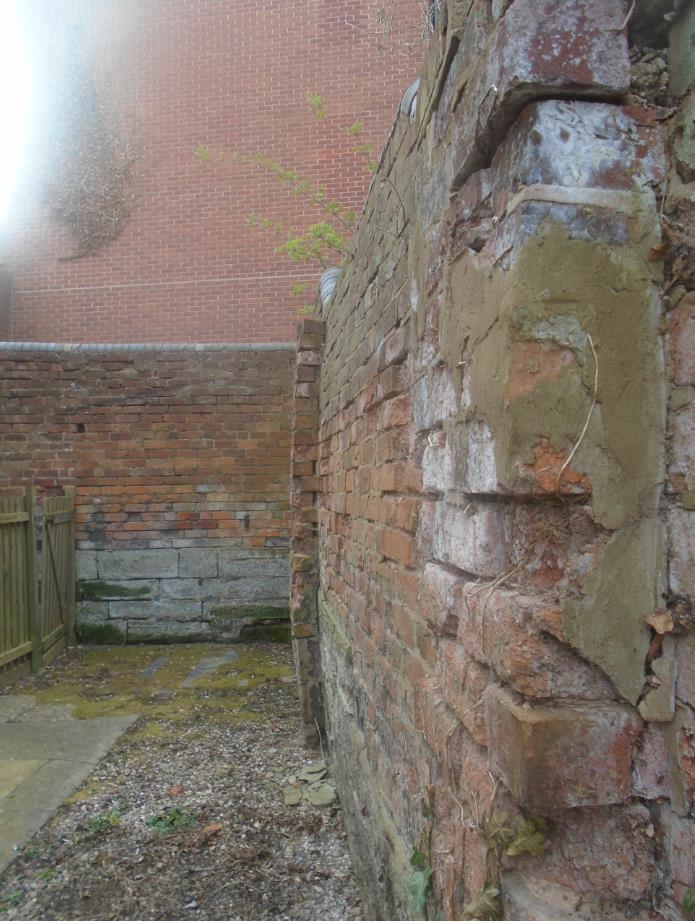

Domestic property retaining walls are generally made from either mass concrete blocks, stone ashlar or brick masonry type construction. The weight of the masonry together with a slight inclination away from the vertical from bottom to top can resist the retained earth pressures.
Many times these walls are designed with massive ashlar blocks forming the foundations and generally fail on paper. The failure on paper will not necessarily result in a catastrophic collapse of the retaining wall but it will show signs of distress and/or, bulging as seen in the photo on the left above. Open joints and bed separation fractures are indicators that retaining walls are in need of repairs.
When retaining walls have visible diagonal fractures an assessment from one of our engineers will determine an action plan for either salvaging the retaining wall without need of reconstruction or if it is prudent to demolish and reconstruct the masonry. The photo above on the right shows the repaired retaining wall.
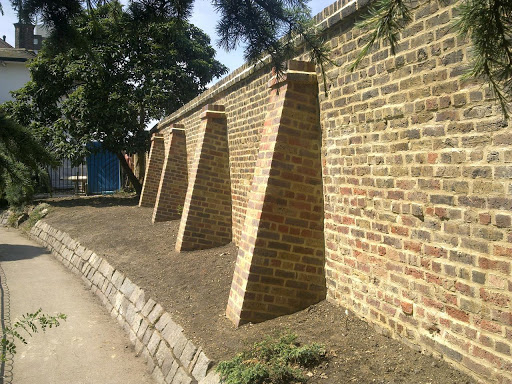
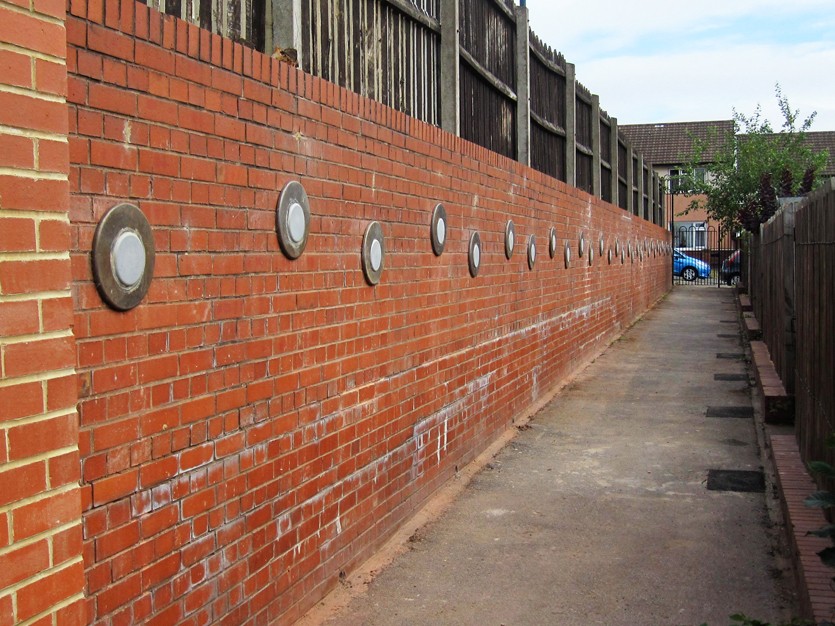
Sometimes, it is not possible to reconstruct a retaining wall due to buildings and features present on the retained side. Alternative solutions are available to us to support the failing retaining wall, like introduction of buttresses (photo above on the left) and/or anchoring the retaining wall back with the use of ground anchors (photo above on the right) and other techniques.
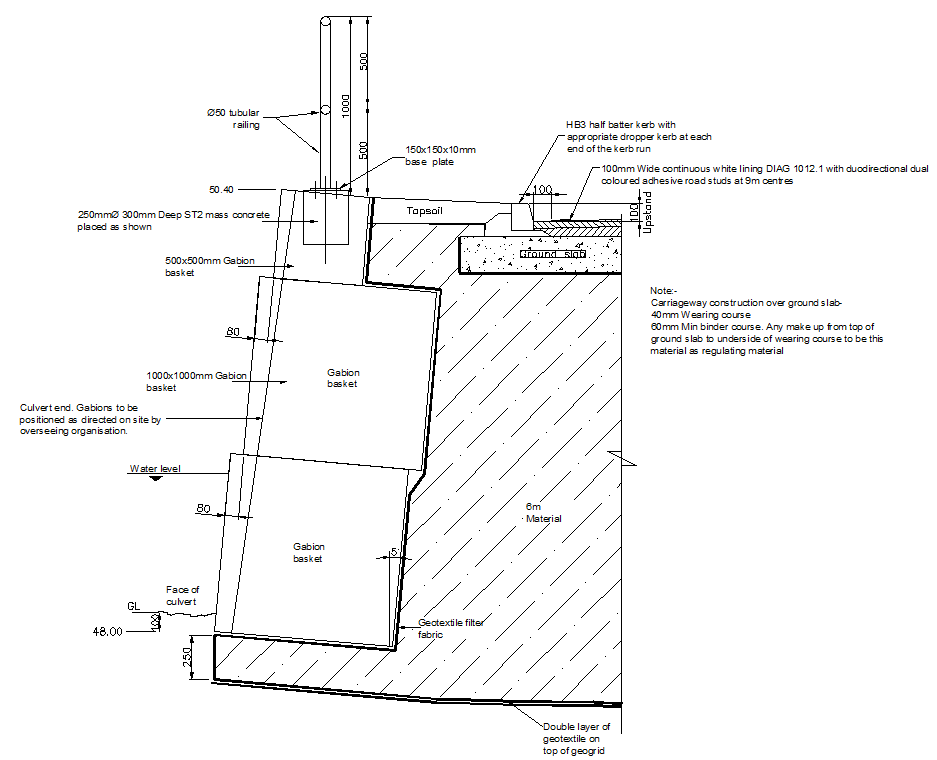
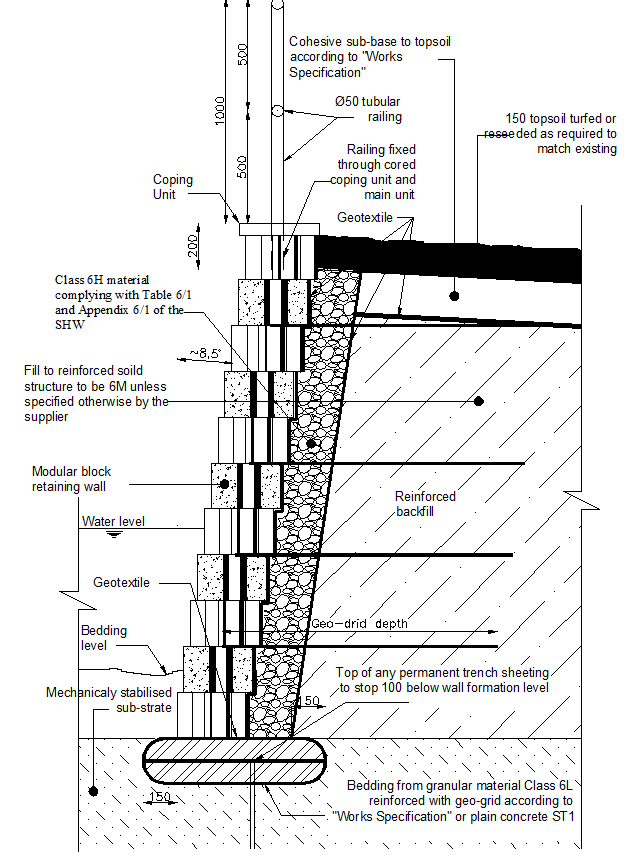
Taller walls are many times reinforced masonry type with reinforcement tied back to the foundations or more contemporary types like crib walls, king posts with concrete or timber planks, reinforced soil with either architectural block facades (photo above on the right) or even hydro-seeding and gabions (photo above on the left).
Give us a call to the number at the top of the page or click on the Contact Us page and leave your name, email and best contact number, with a description of what it is you are after and one of the members of our team will be in contact with you.
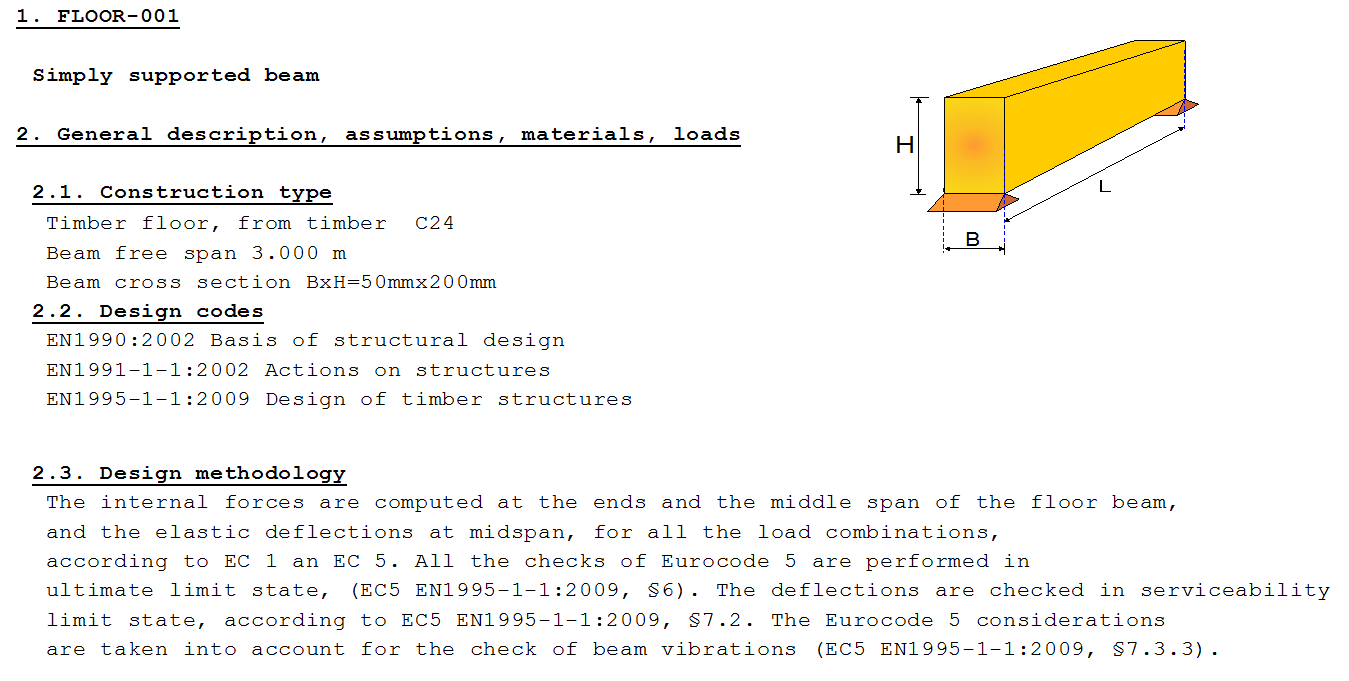
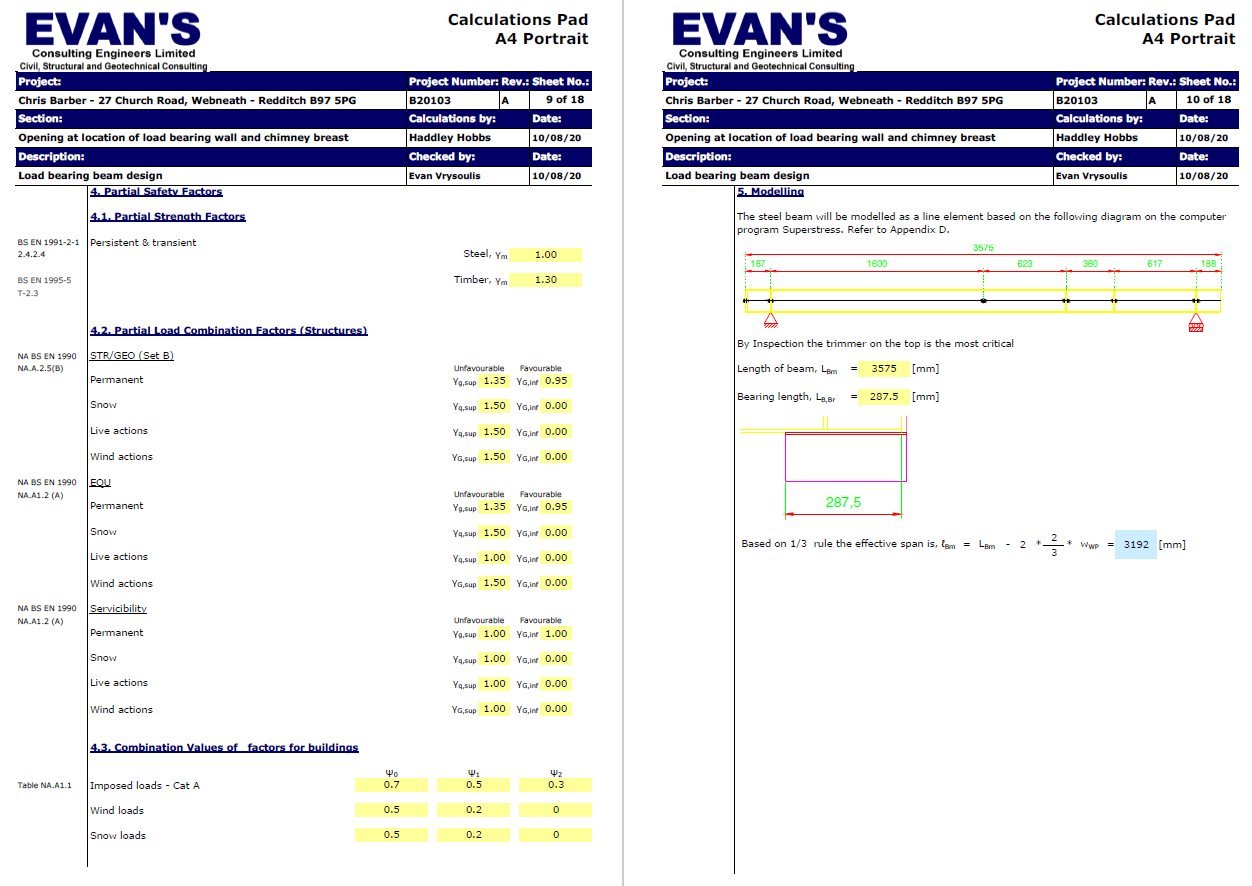
We undertake the numerical calculations for building control or for your own peace of mind of any type of domestic or small commercial building and structure. These may include but not limited to: 1. Load bearing beams and their foundations if required; 2. Portal frames; 3. Steel framed buildings; 4. Concrete buildings; 5. Buildings from structural masonry construction; 6. Timber framed buildings; 6. Small timber or steel bridges for access; 7. Concrete and piled foundations; 8. Earth berm, small dams and errosion control.
Most domestic and small commercial structural intervention calculations are undertaken using internally developed spreadsheets and proprietary software, like FEDRA, WoodExpress, SuperStress etc. Where more advanced analysis is required, other software from our pool of maintained commercial packages are utilised.
Give us a call to the number at the top of the page or click on the Contact Us page and leave your name, email and best contact number, with a description of what it is you are after and one of the members of our team will be in contact with you.
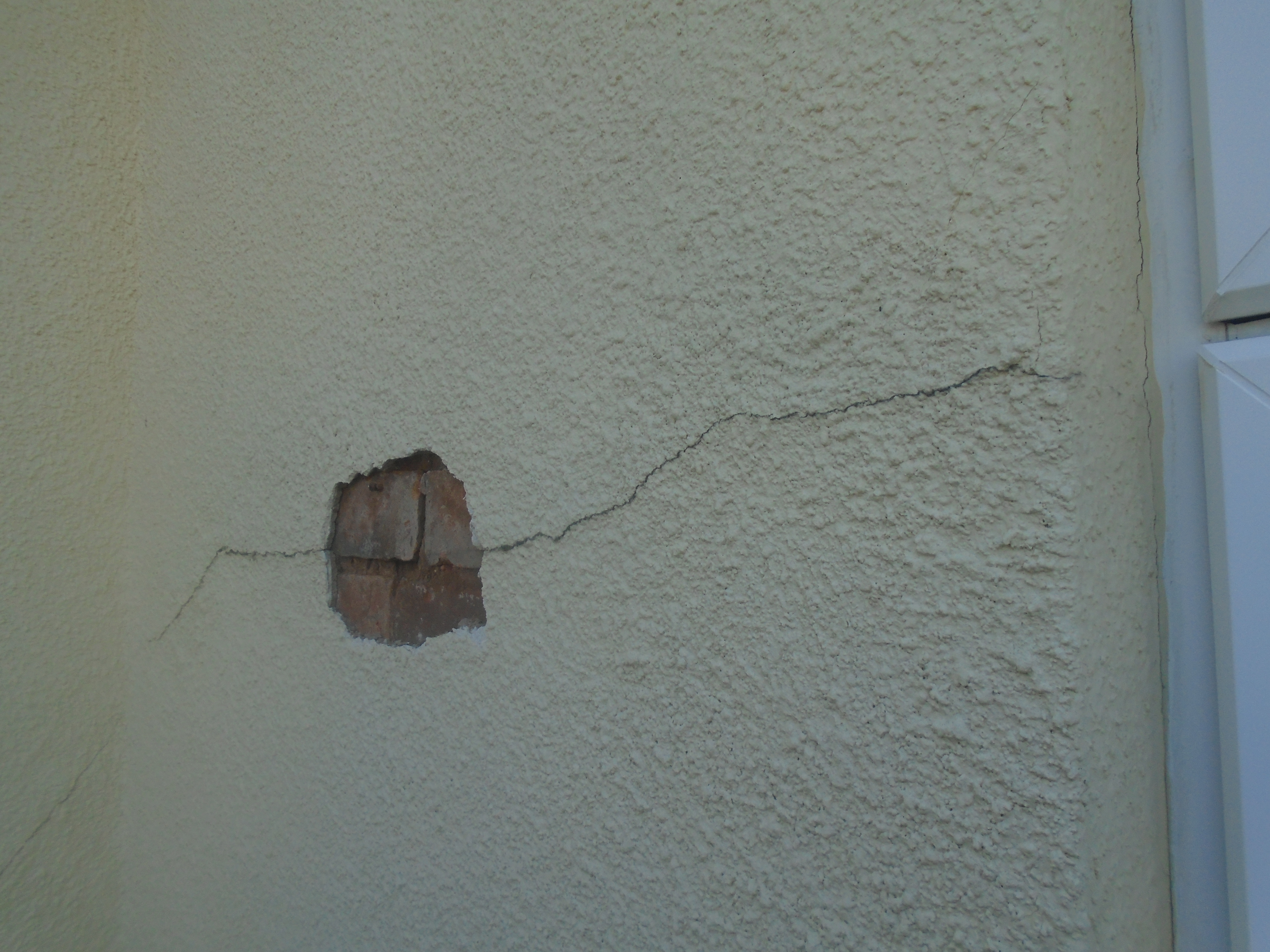
Fracture in rendered wall
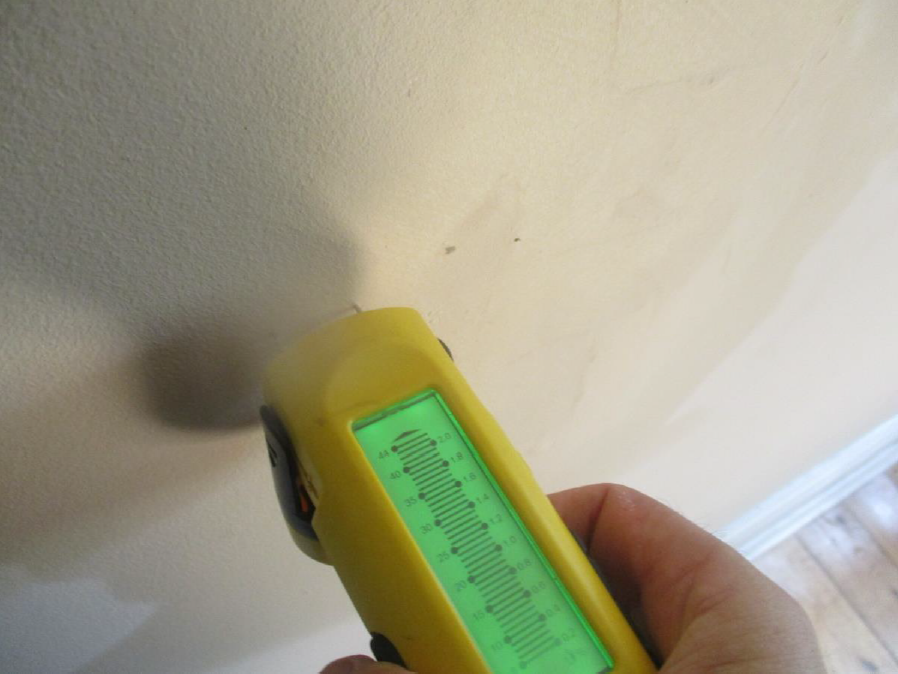
High moisture reading
Structural Inspections generally related to issues with properties for insurance claims and mortage applications. They may be due to subsidence or general deterioration of the materials of the constituent structural elements of a property and may manifest in the form of fractures in masonry walls, bulging or tilting of walls and or visual subsidence. Some times fractures allow ingress of water through fractures resulting in moisture being trapped and causing degradation in the masonry.
A site visit is generally required to evaluate the issues and collect the necessery information. Following our site visit, if requested by you, the collected information is then evaluuated and complied into a Structural Inspections Report. Sometimes, access to lofts and removal of render may be required. If more intrussive investigations are reuired this will generally be informed to you at the time of our site visit.
Give us a call to the number at the top of the page or click on the Contact Us page and leave your name, email and best contact number, with a description of what it is you are after and one of the members of our team will be in contact with you.
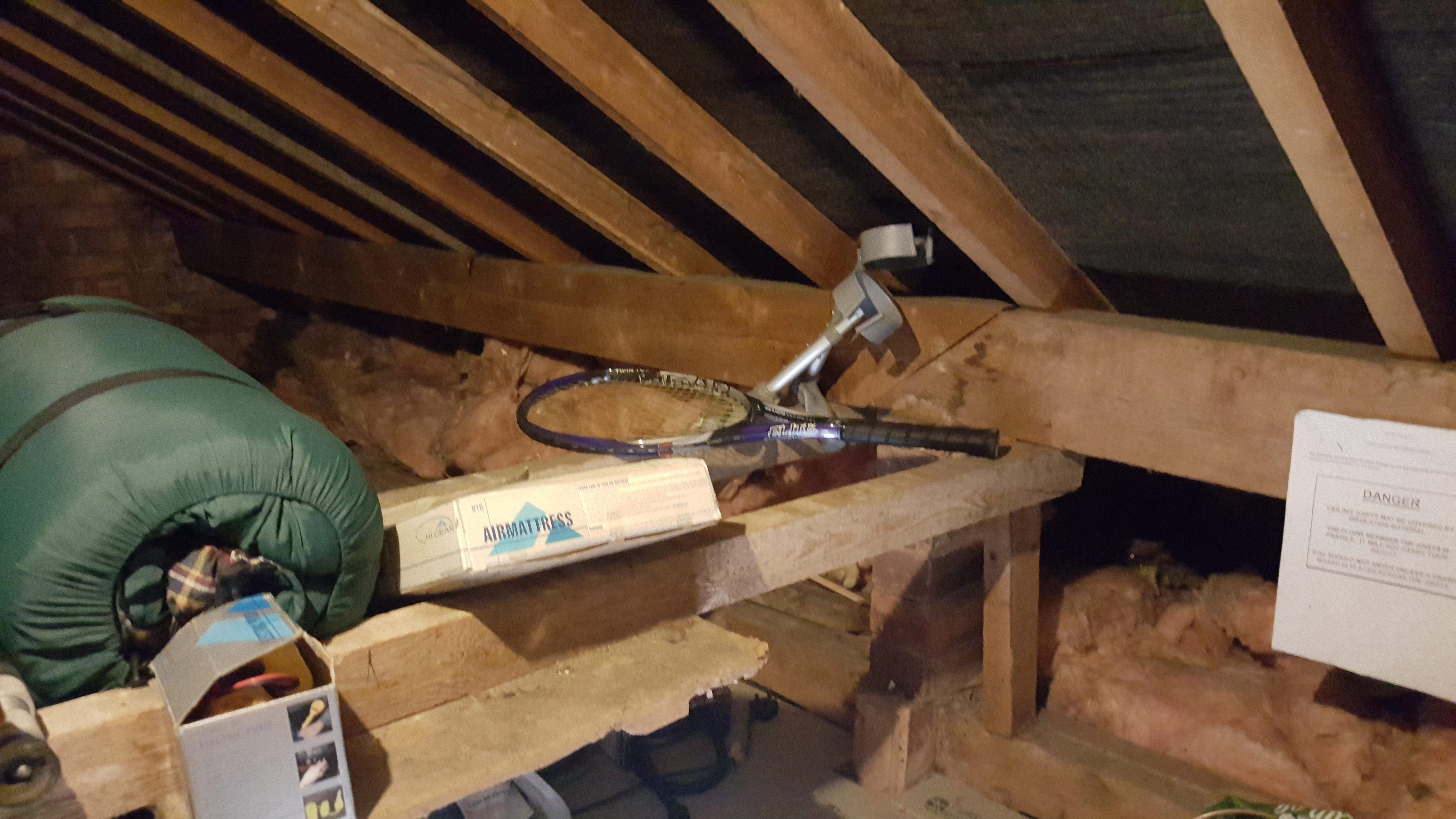
Loft Timber Survey
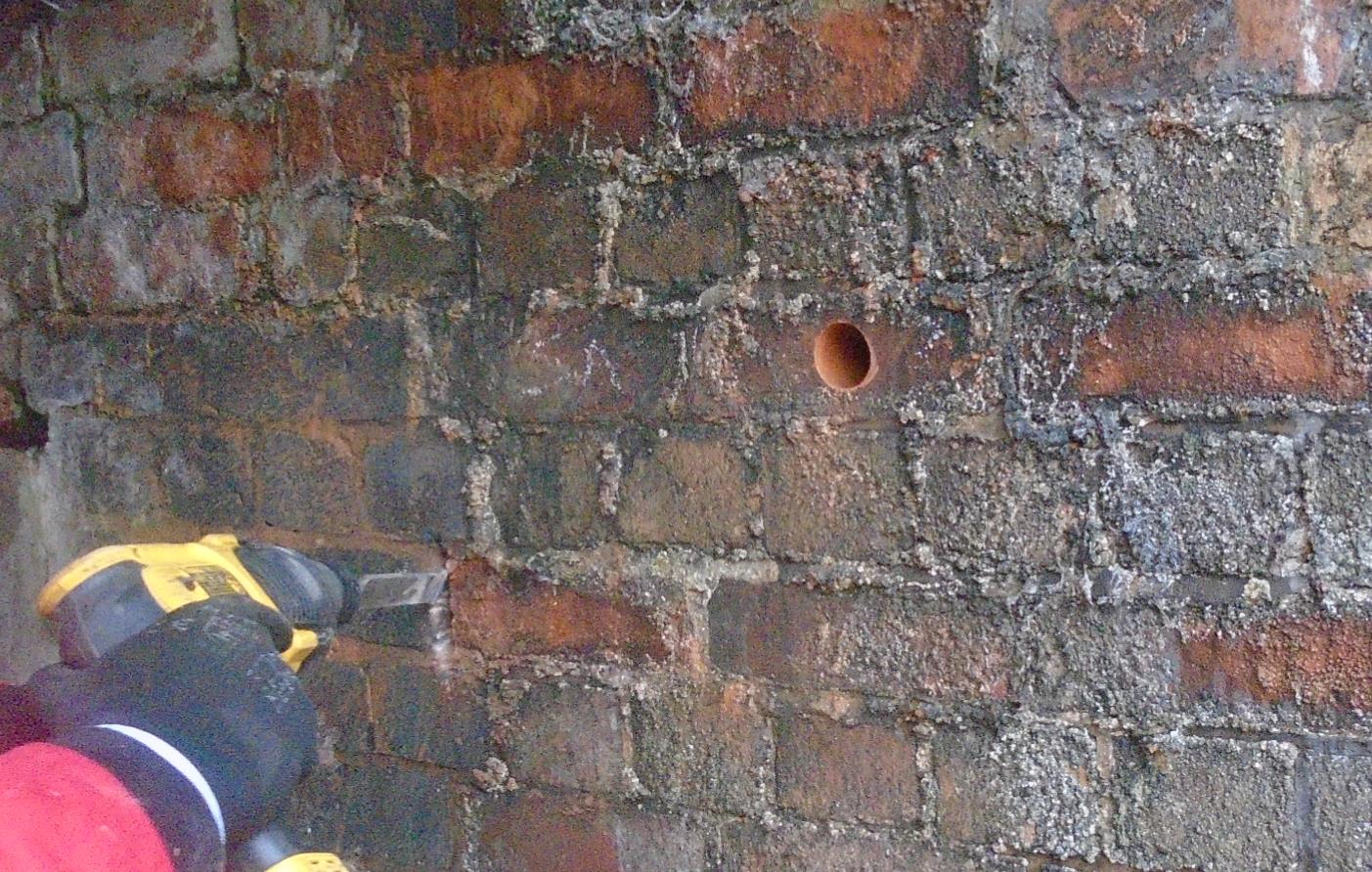
Cores in Mssonry Wall
Structural Surveys differ to Structural Inspections in that their main goal is to determine the structural capacity of a building or building element and not just the condition.
Structural Surveys are sometimes required due to deterioration in the condition of the structural elements, or change of use (i.e. increased loading).
Although the strength of materials can some times be determined using non distructive techniques and historical information, destructive testing in the form of cores in the concrete or masonry, or samples of the timber or metal may be necessary for an accurate determination of the elements yield strength.
Structural Surveys are usually followed by a structural assessment of the affected elements;
Structural Surveys may be required for the following elements of a building: 1. Roof trusses; 2. Timber or metal joists; 3. Retaining walls; 4. Floor construction; 5. Metal frame; 6. Foundation; 7. Concrete slabs;
Give us a call to the number at the top of the page or click on the Contact Us page and leave your name, email and best contact number, with a description of what it is you are after and one of the members of our team will be in contact with you.
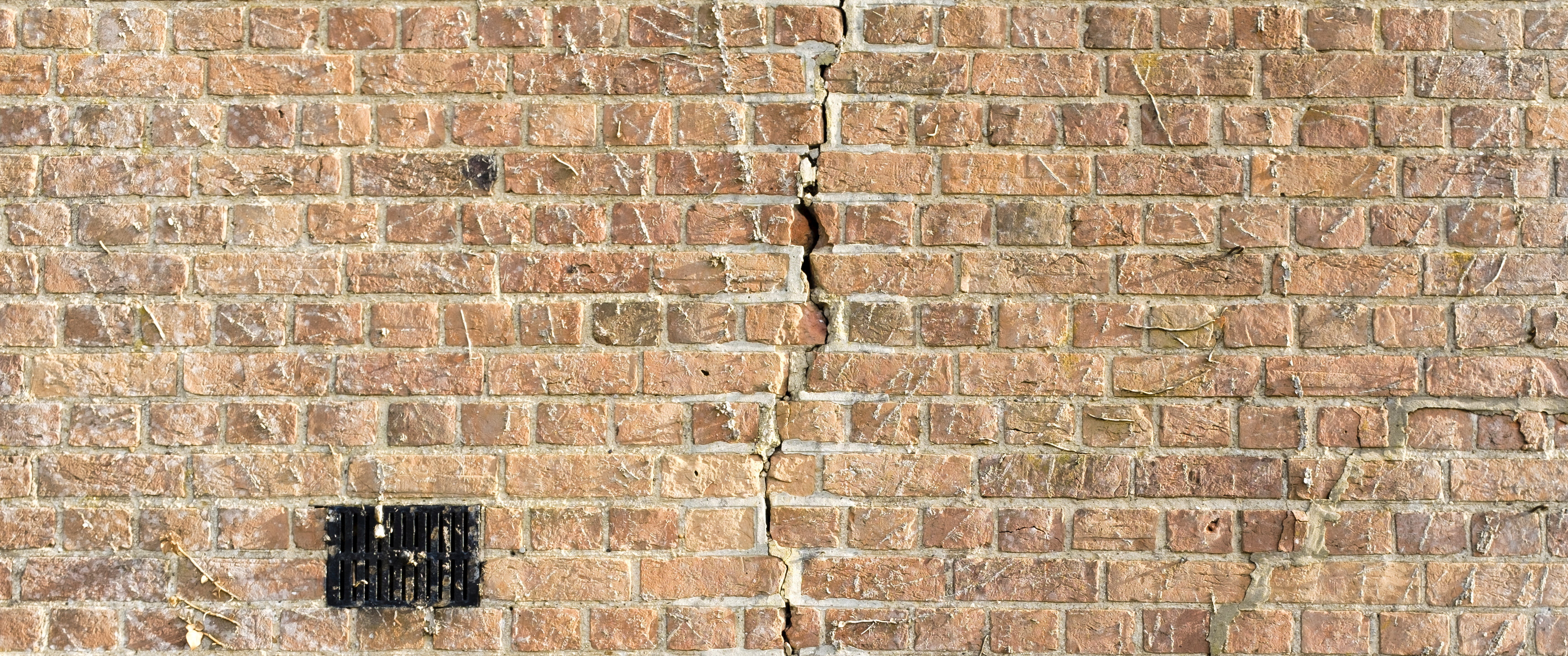
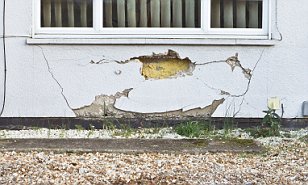
As a design consultancy we don’t undertake the works to remediate effects of subsidence, We inspect and evaluate the condition of a property and any damage to it from subsidence, landslips or heave and propose one or more of the following: 1. Don’t do anything because it is evident that any issues are long standing or insignificant; 2. Repair any damage in order to improve the condition of the building and prevent further deterioration; 3. Install monitoring to determine the development of any fractures or subsidence in the future; 4. Commissioning and assessing drain surveys; 5. Recommend soil rehydration 6. Design suitable underpinning to prevent further subsidence; 7. Design suitable undepinning system and lift structure to original level.
By consulting us, you can potentially save thousands in unecssery underpinning costs, which some times are not nessessery and may result in a change of the aesthetics of your property.
Give us a call to the number at the top of the page or click on the Contact Us page and leave your name, email and best contact number, with a description of what it is you are after and one of the members of our team will be in contact with you.
A non-excaustive list of additional domestic and small commercial client services offered include:
 Principal designer under CDM 2015
Principal designer under CDM 2015
 Building surveys
Building surveys
 Architectural and structural expert witness
Architectural and structural expert witness
 Topographical surveys
Topographical surveys
 Cloud surveys
Cloud surveys
 Level take offs
Level take offs
 CAT scanning and genny surveys
CAT scanning and genny surveys
 Endoscopic inspections
Endoscopic inspections
 Cover metre and reinforcement identification using ferroscanners
Cover metre and reinforcement identification using ferroscanners
 Services, uncharted buried obstacles and reinforcement identification with Ground Penetration Radar (GPR) technology
Services, uncharted buried obstacles and reinforcement identification with Ground Penetration Radar (GPR) technology
 Site setting out services
Site setting out services
 Design of structural repairs
Design of structural repairs
 Crib and block wall designs
Crib and block wall designs
 Soil stabilization and strengthening
Soil stabilization and strengthening
 Rock strengthening with nails
Rock strengthening with nails
 Earth berm and flood Control Designs
Earth berm and flood Control Designs
 Slope stability analysis
Slope stability analysis
 Erosion and silts control analysis
Erosion and silts control analysis
